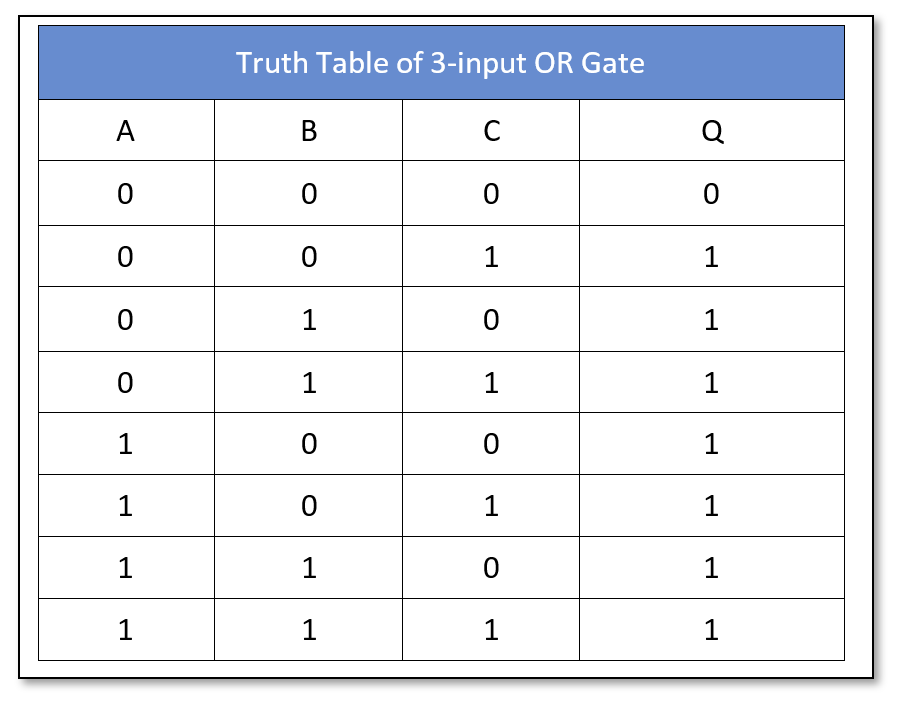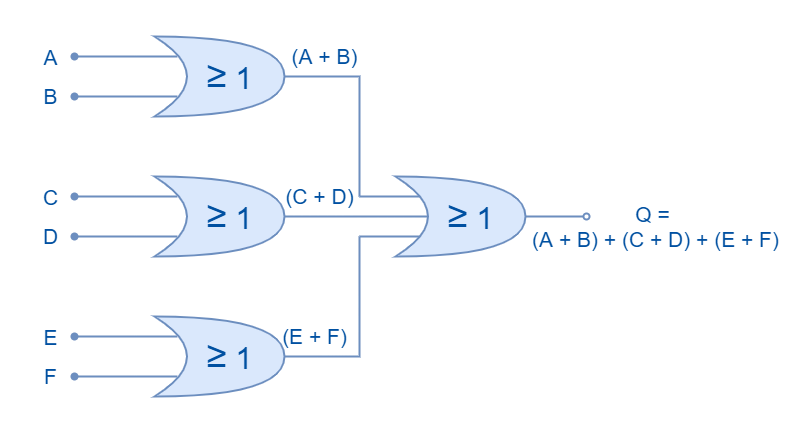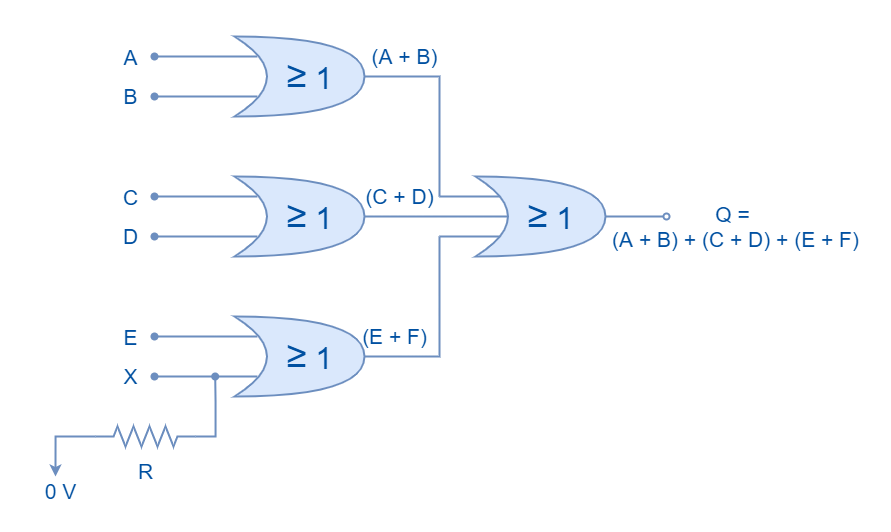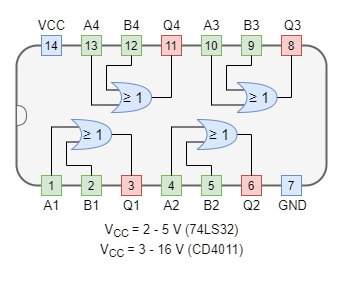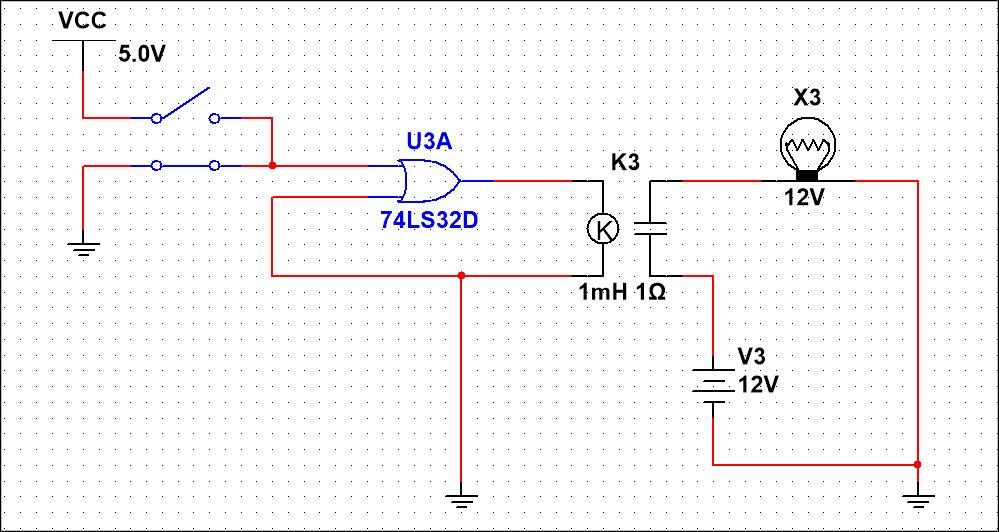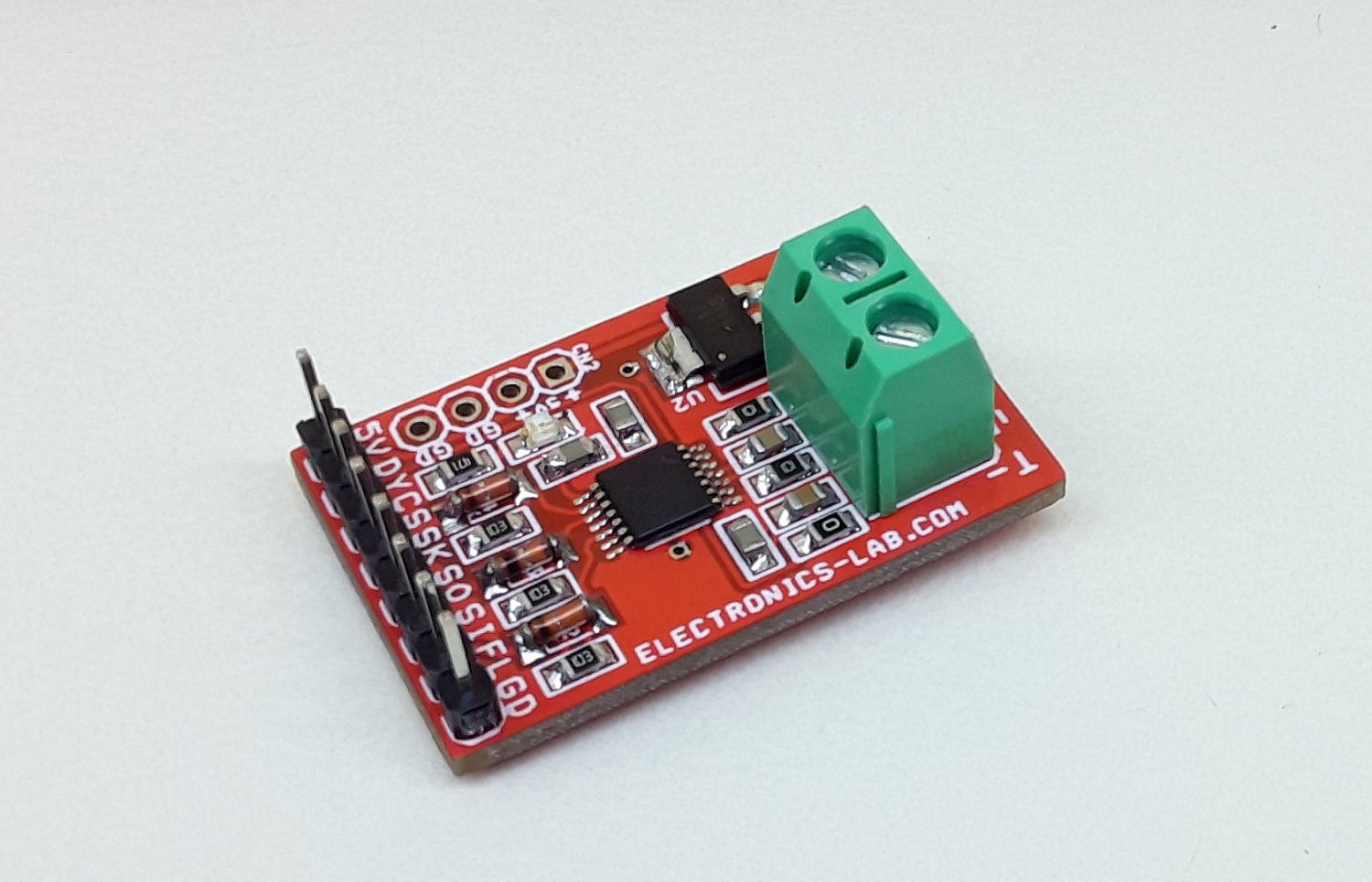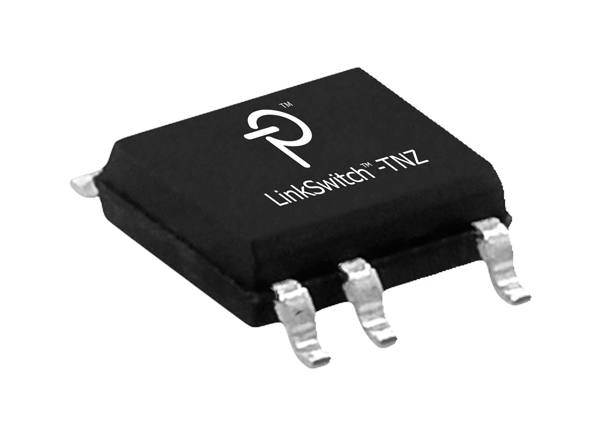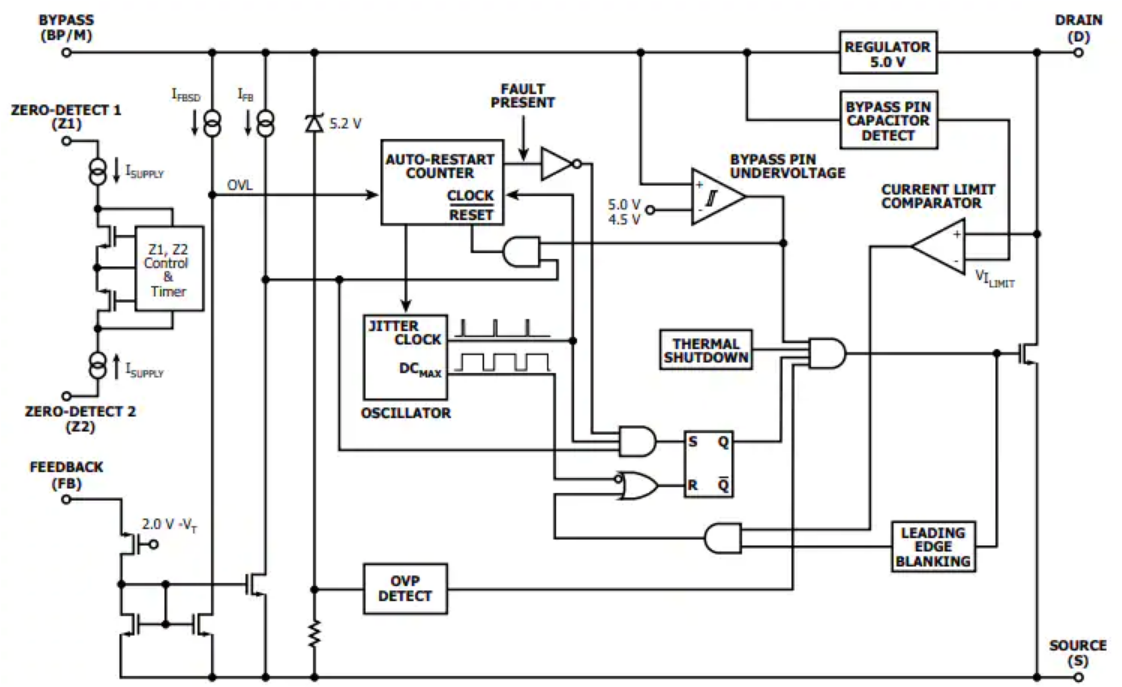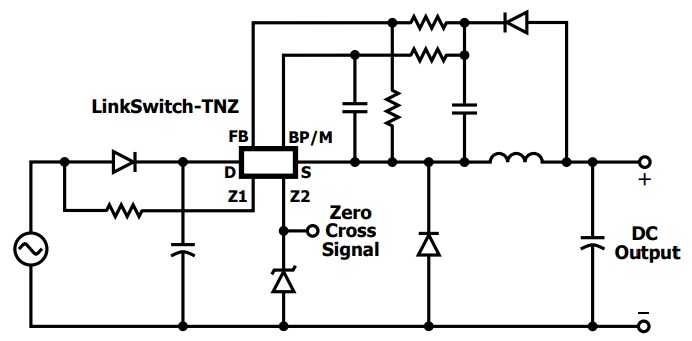
The popularity of Open source software has brought about impressive successes in the SaaS space, where useful products can be rapidly created from open source components. We see cloud providers and users looking at building their servers using open source hardware as well. This is where Antmicro steps in. Antmicro has been supporting companies like Google, in creating useful server-facing open source hardware such as Scalenode or ARVSOM. One of these projects with Google is an open source hardware FPGA-based Baseboard Management Controller (BMC) platform compliant with the new DC-SCM specification to help increase the security, configurability and flexibility of server management and monitoring infrastructure, which has been adopted by the LibreBMC workgroup as the base hardware platform.
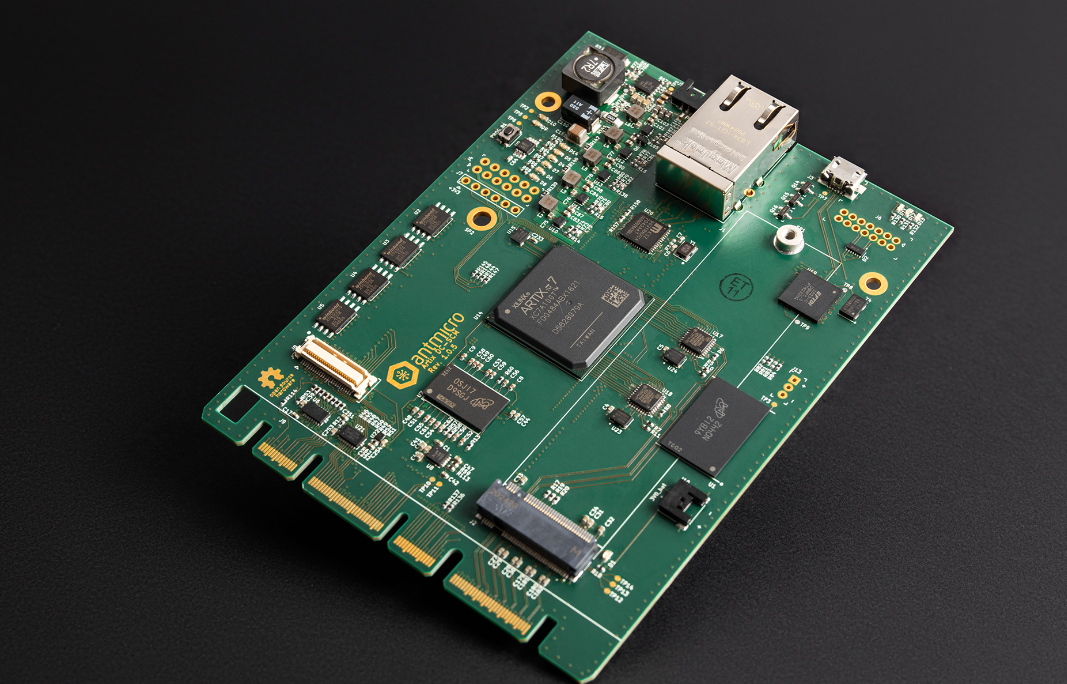
Developed by the Open Compute Project, the Datacenter-ready Secure Control Module (DC-SCM) is designed to move common server management, security and control features from a typical motherboard into a module designed in one of the two form factors featured in the specification (Horizontal or Vertical), which can be used across various datacenter platforms. This spec will enable leading players in the industry share costs, risks and increase reuse. Speaking about the benefit of the DC-SCM, the company says:
“Coupled with a fully open source implementation based on our open source FPGA-based modules, it has a chance to redefine the way board management is done. Basing the module on popular, inexpensive FPGA platforms will not only allow for more configurability and a tighter integration between hardware and software, but also tap into the momentum behind the broader open source hardware community via groups like CHIPS Alliance, OpenPOWER and RISC-V.”
The company developed two implementations of the DC-SCM-compatible BMC, with both designs meeting the Open Compute Project specification for a Horizontal Form Factor 90×120 mm DC-SCM. The BMC is designed to monitor the system, prevent and mitigate failures, and act as an external watchdog. The module enables a feature-packed Secure Control Interface for communication with the host platform, including:
- PCI Express
- USB
- QSPI
- SGPIO
- NCSI
- multiple I2C, I3C and UART channels.
What is unique about the BMC is merging DC-SCM’s central Baseband Management Controller and programmable SCM CPLD block into one powerful FPGA. This solution enables remote updates of DC-SCM peripherals, and most notably, placing OpenPOWER or RISC-V IP cores as central processing units of the module. One of the designs is based on the Xilinx Artix-7 FPGA, and the other one features a Lattice ECP5 FPGA, which are both low-cost and open source friendly FPGAs supported by the open source SymbiFlow FPGA toolchain project which the company is involved with. The FPGA features 512MB of DDR3 memory, 16GB of eMMC flash, and also a dedicated Gigabit-Ethernet interface. For security of the Datacenter Control Module, external cryptographic modules: Root of Trust (RoT) and Trusted Platform Module (TPM) can be connected.
The DC-SCM boards which is being adopted by the LibreBMC Workgroup, operates under the umbrella of the OpenPOWER Foundation. The LibreBMC workgroup, in conjunction with IBM, Google and Antmicro, among others, are involved in creating FPGA gateware and software needed to make the hardware fully operational in real-world server solutions. About future plans for the BMC, the company says:
“Variants involving both Linux (in its default open source server-oriented distribution, OpenBMC) and Zephyr RTOS, as well as with both POWER and RISC-V cores are planned and thanks to the flexibility of FPGA all of those options will be just one gateware update away. Of course, both the gateware and software will be open source as well.”
For more information, visit Antmicro’s blog.


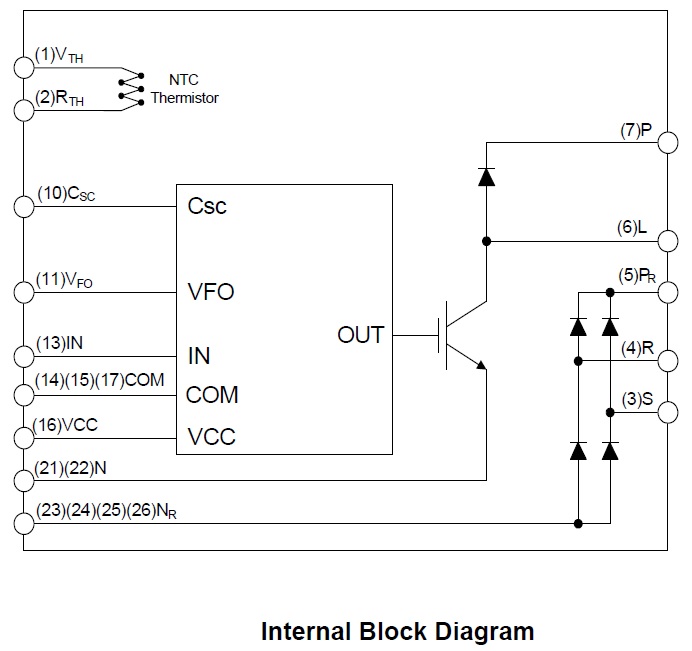
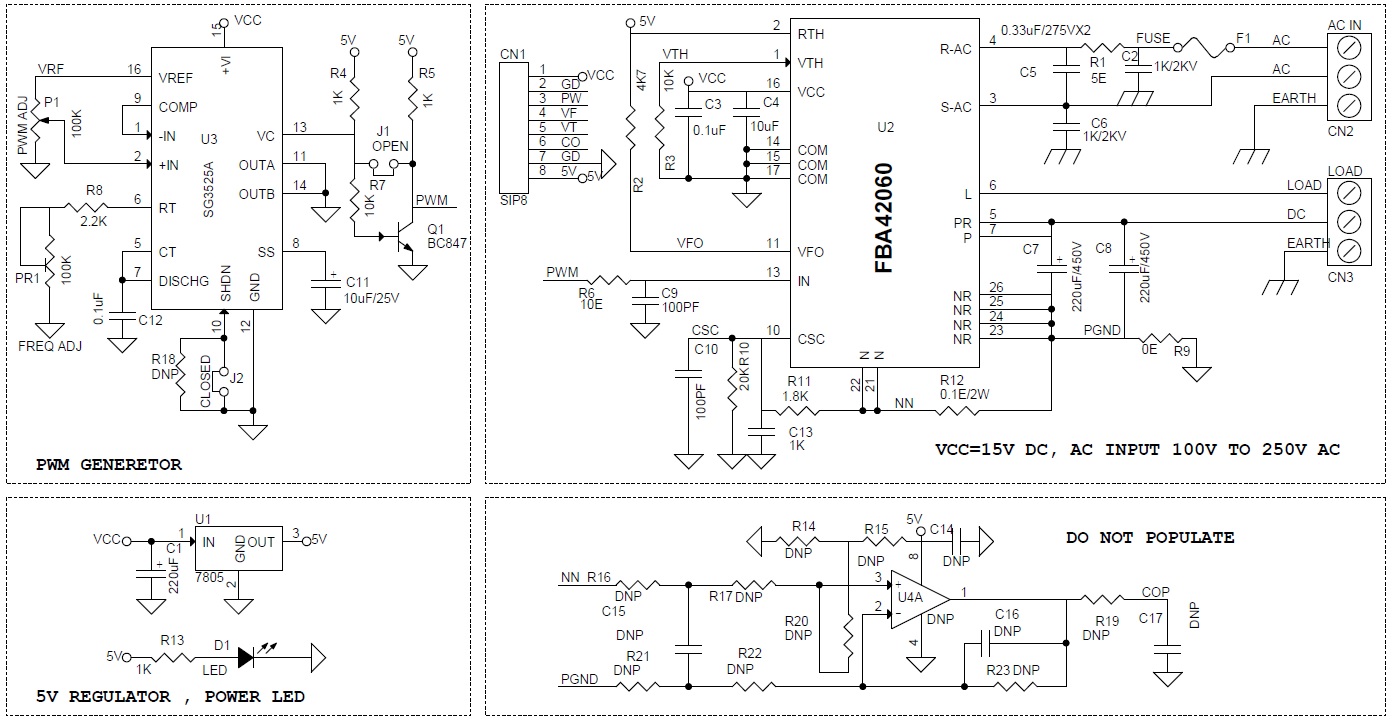
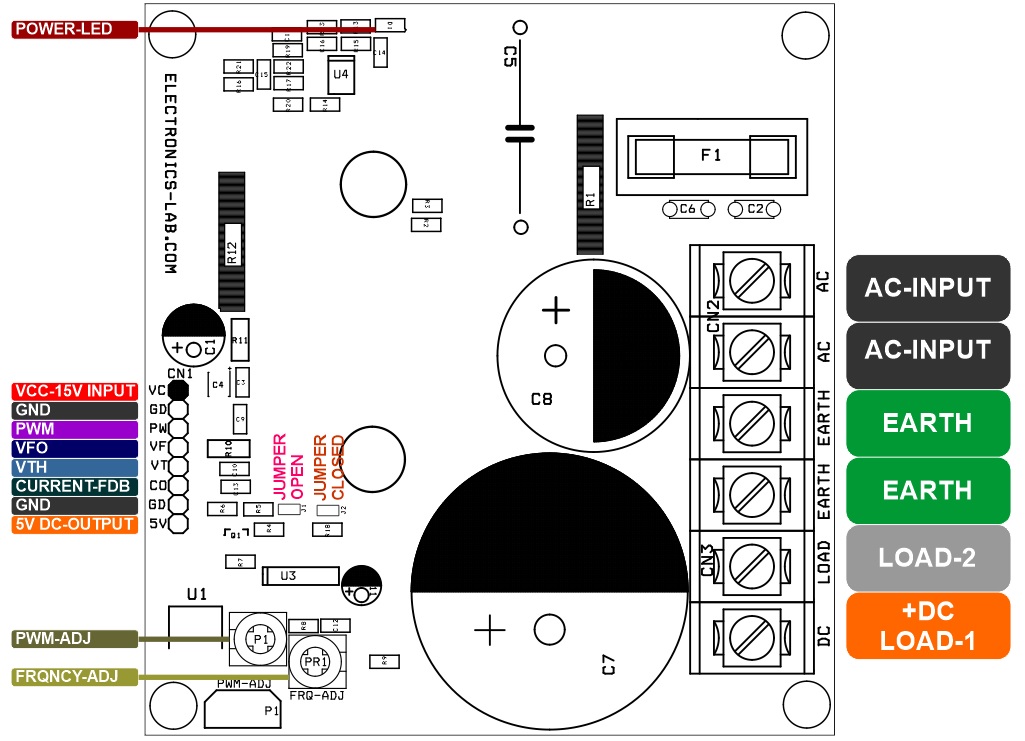
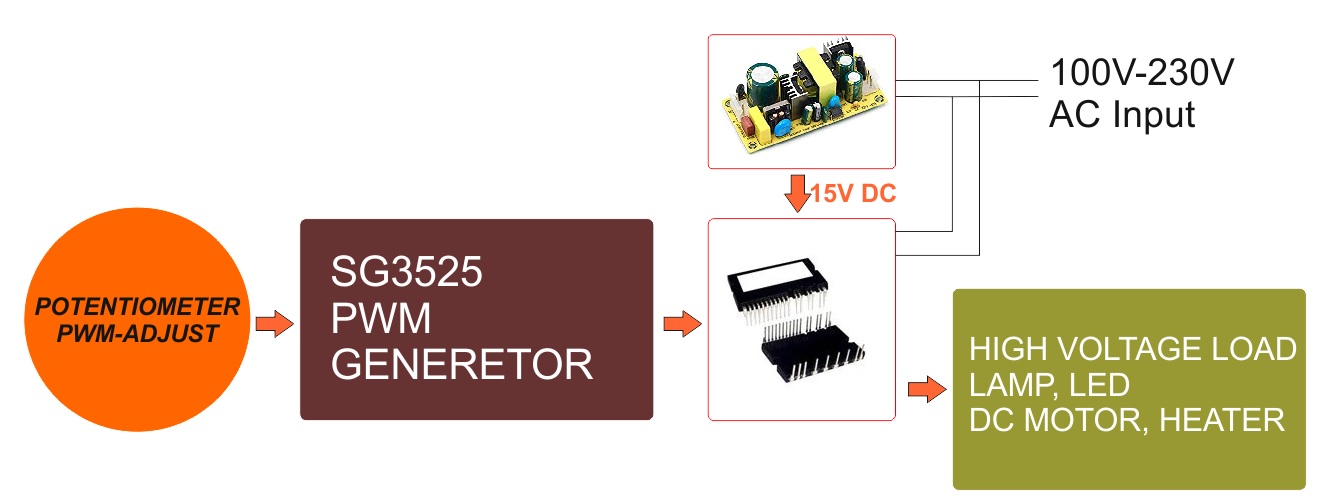







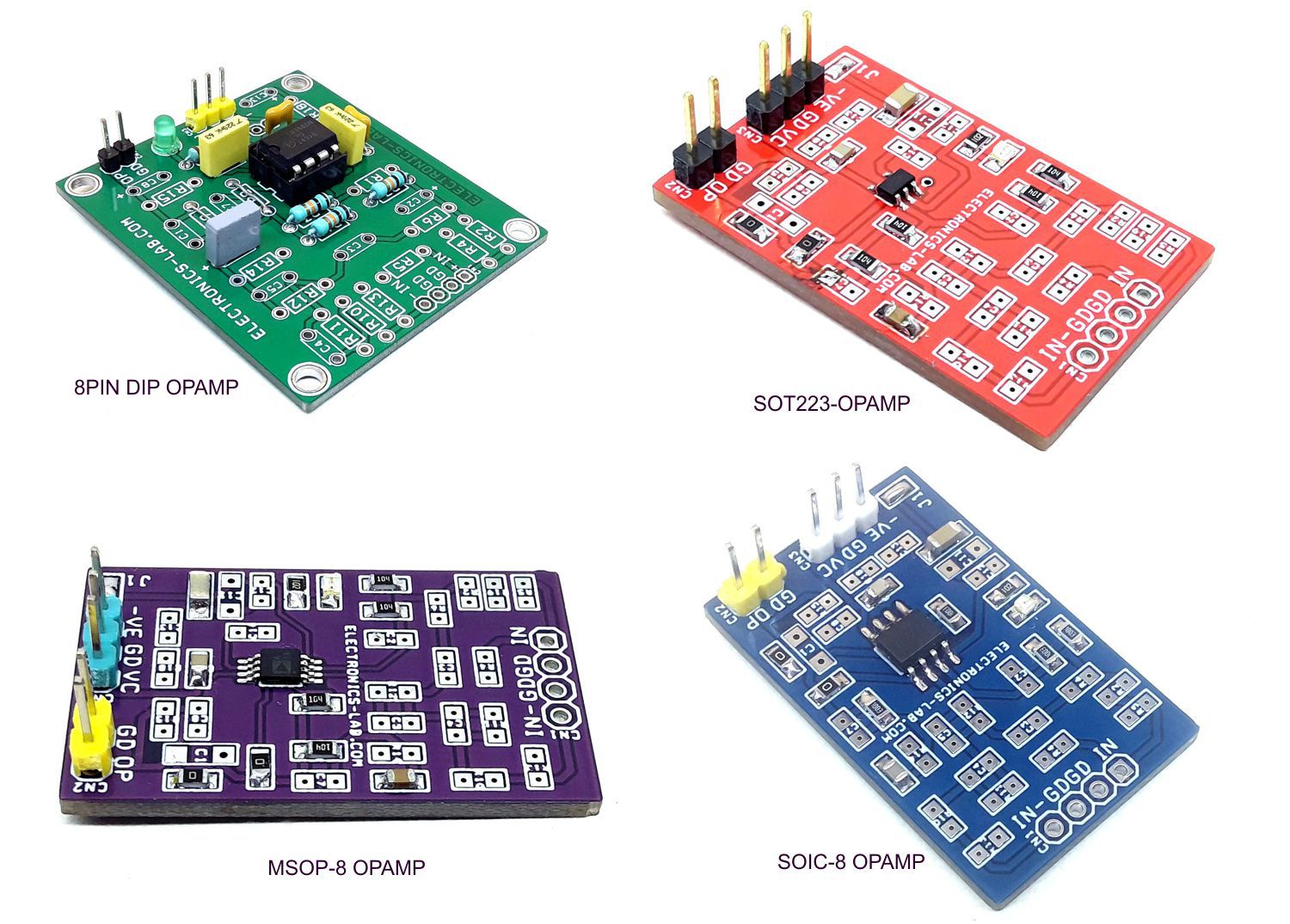
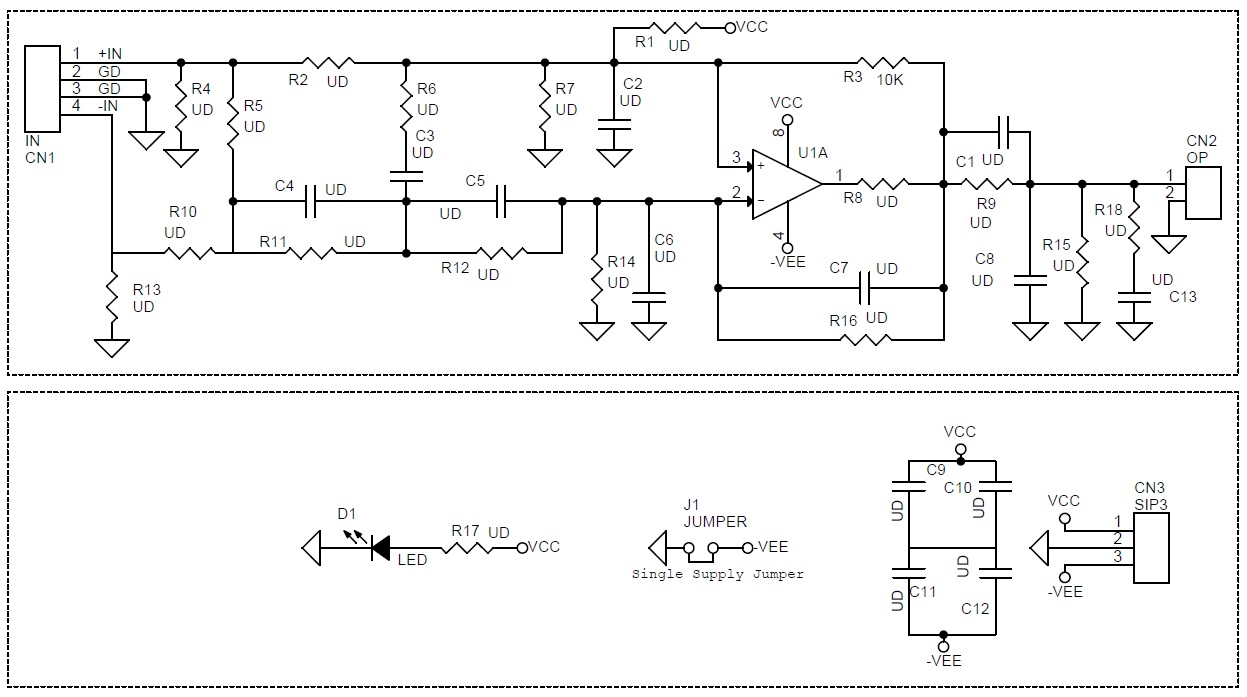
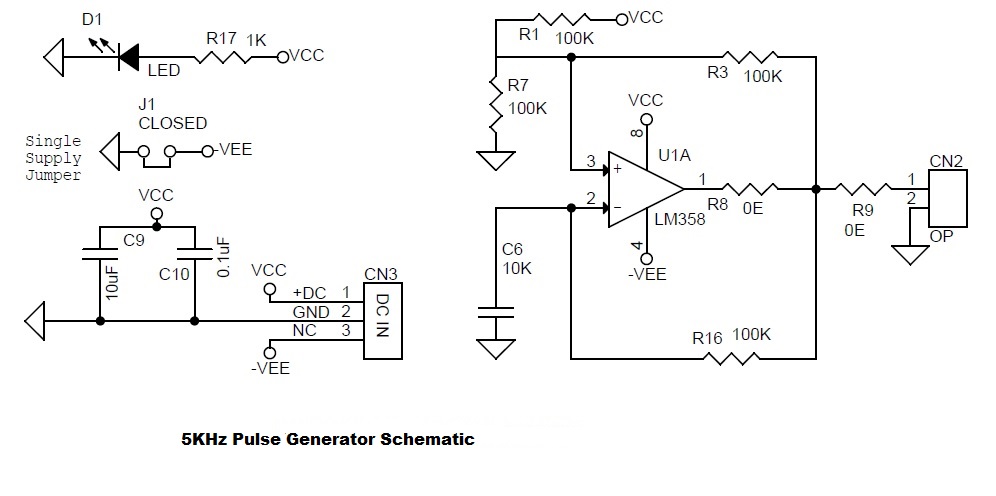
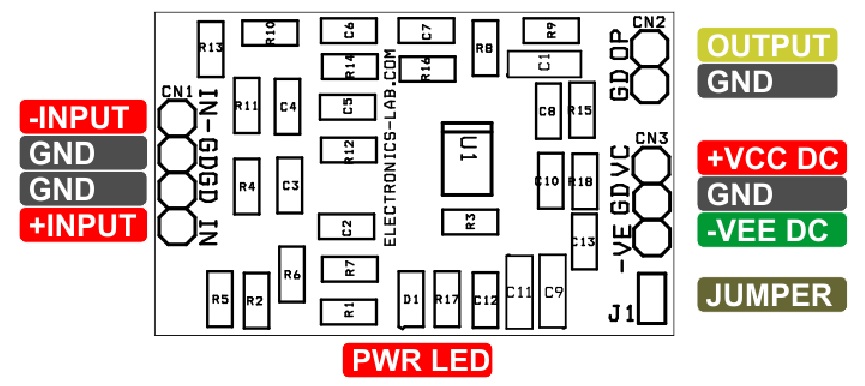
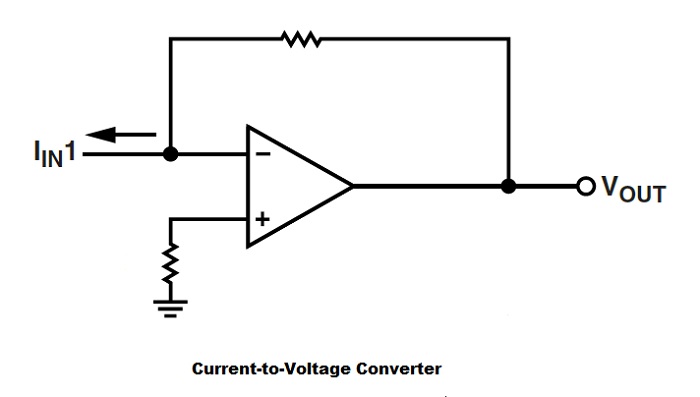
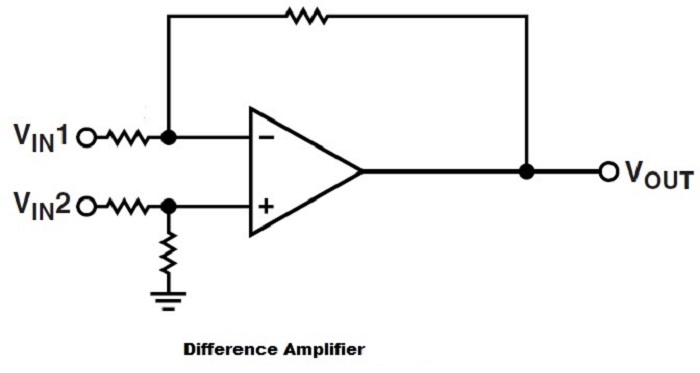
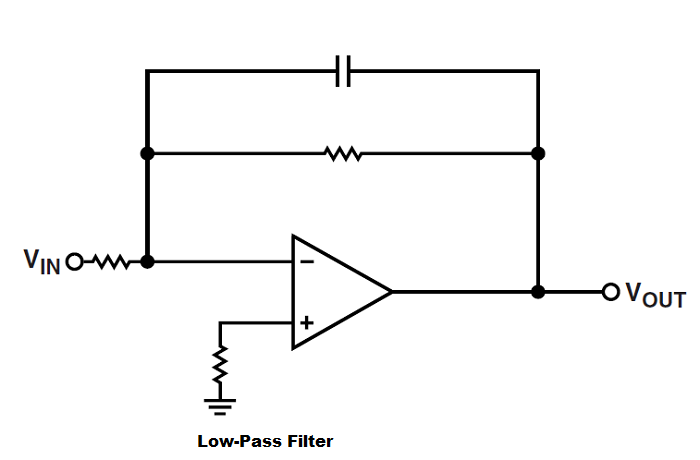
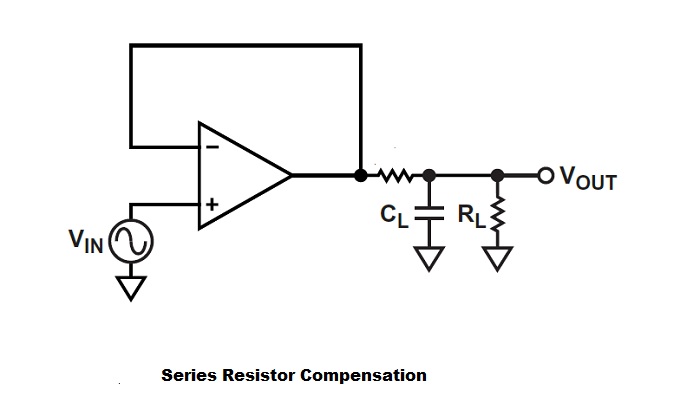
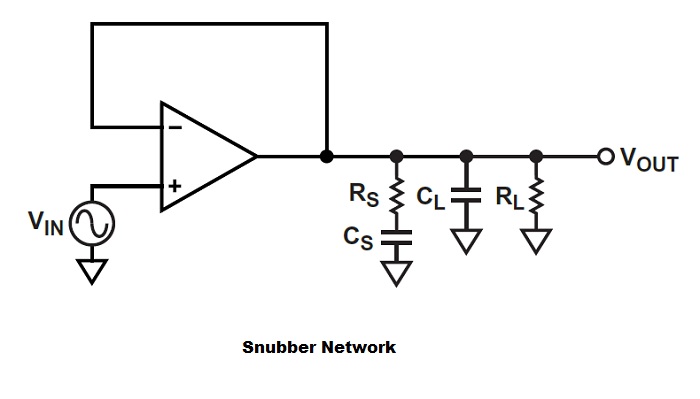
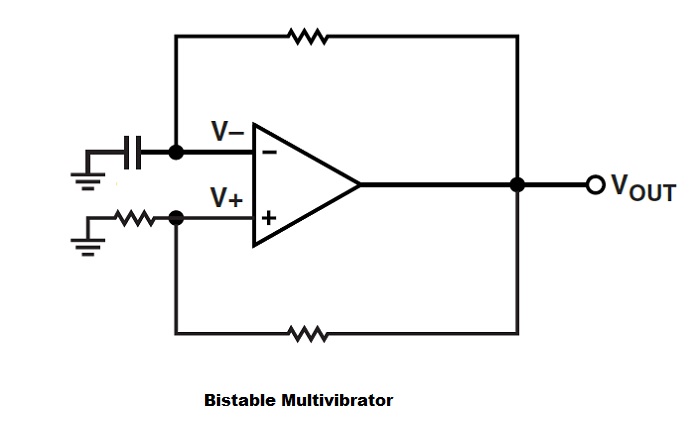
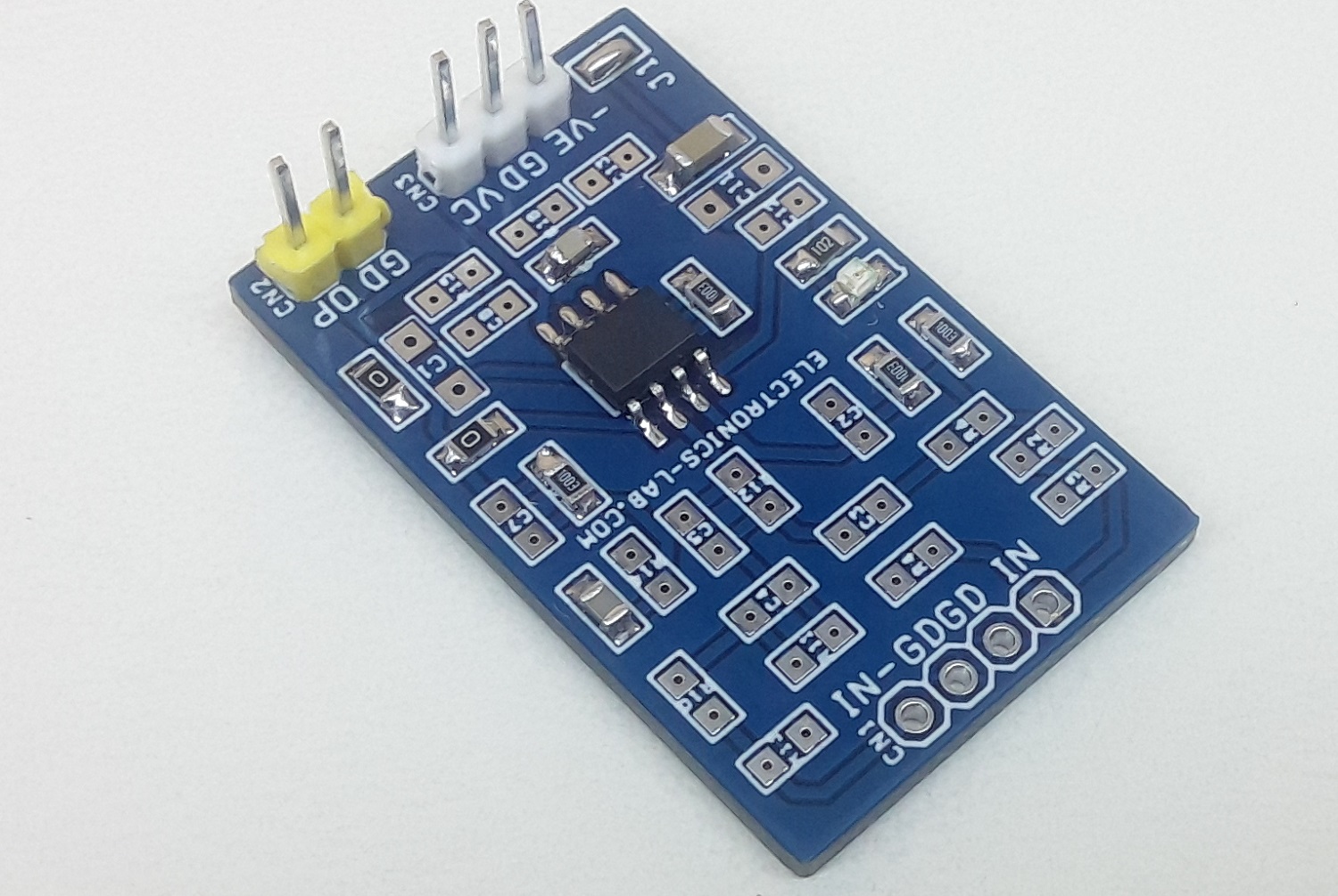
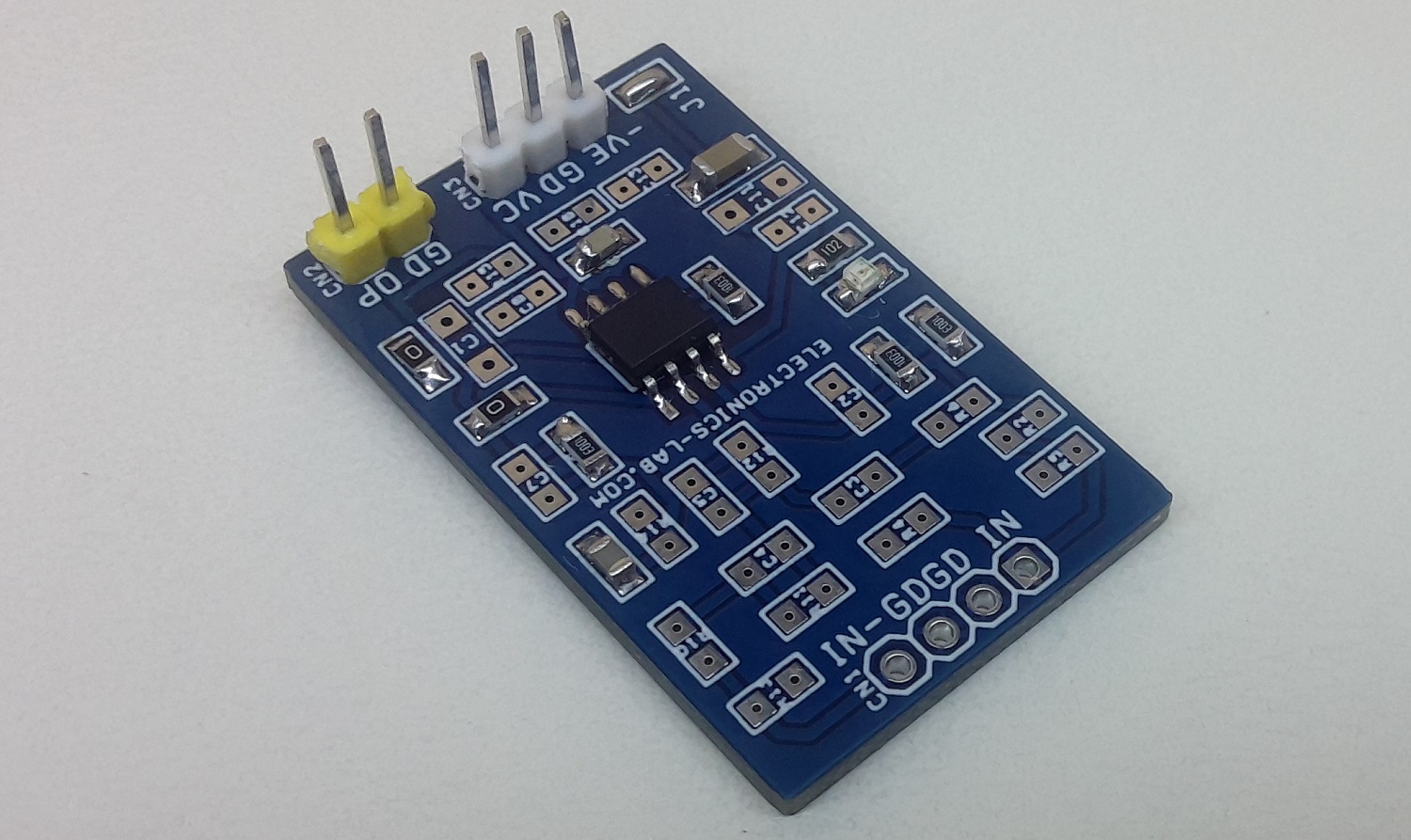
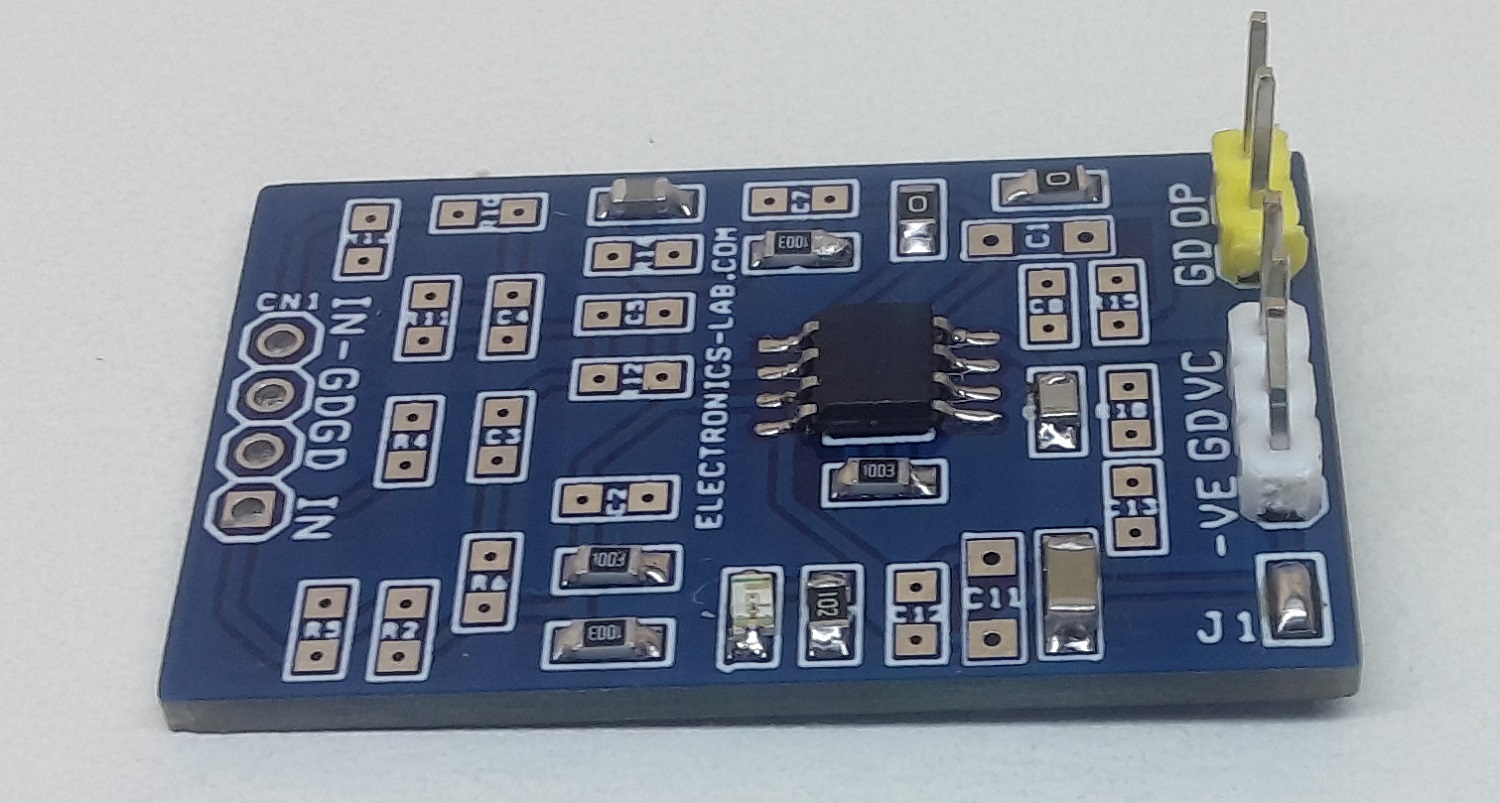
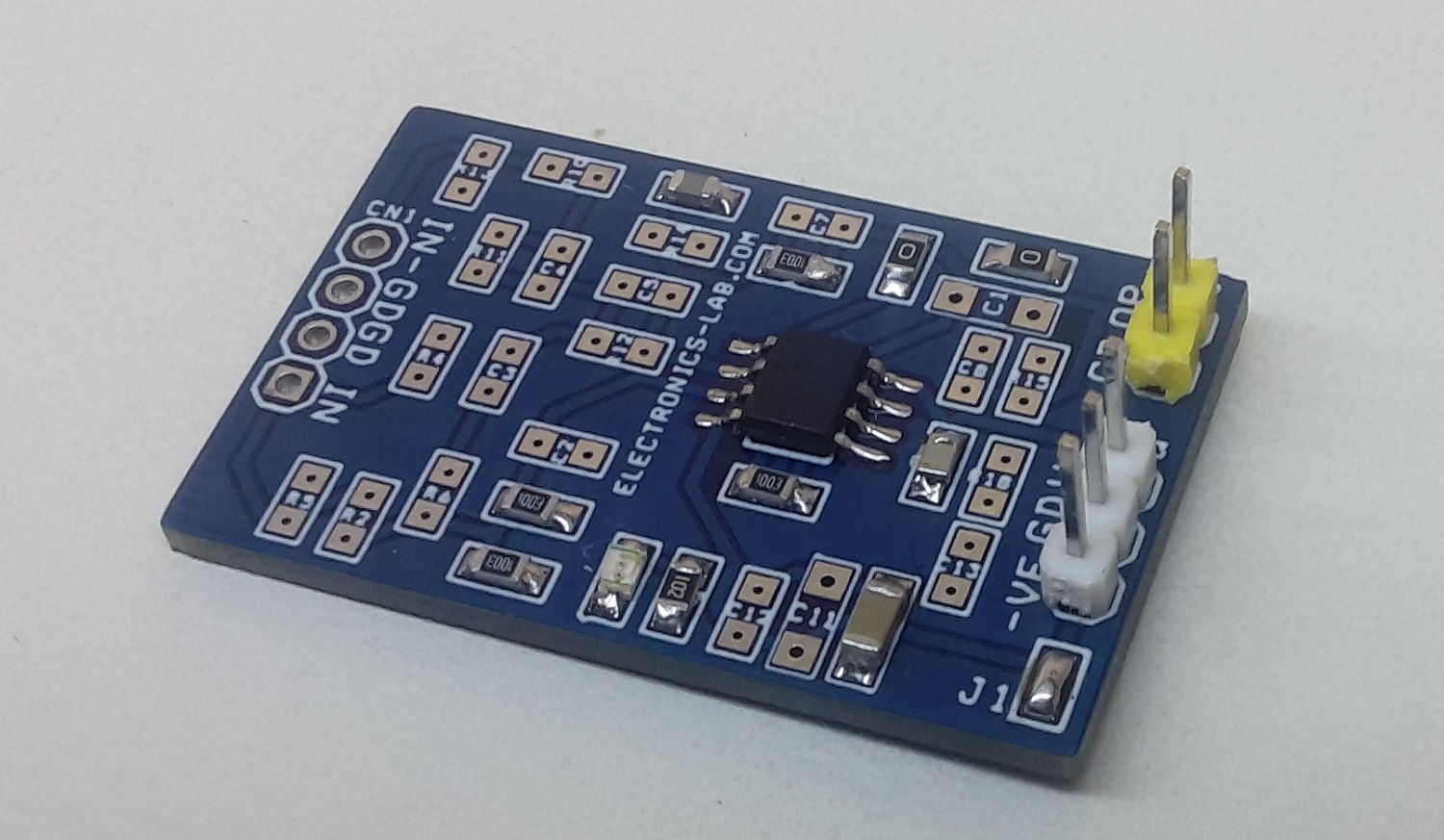
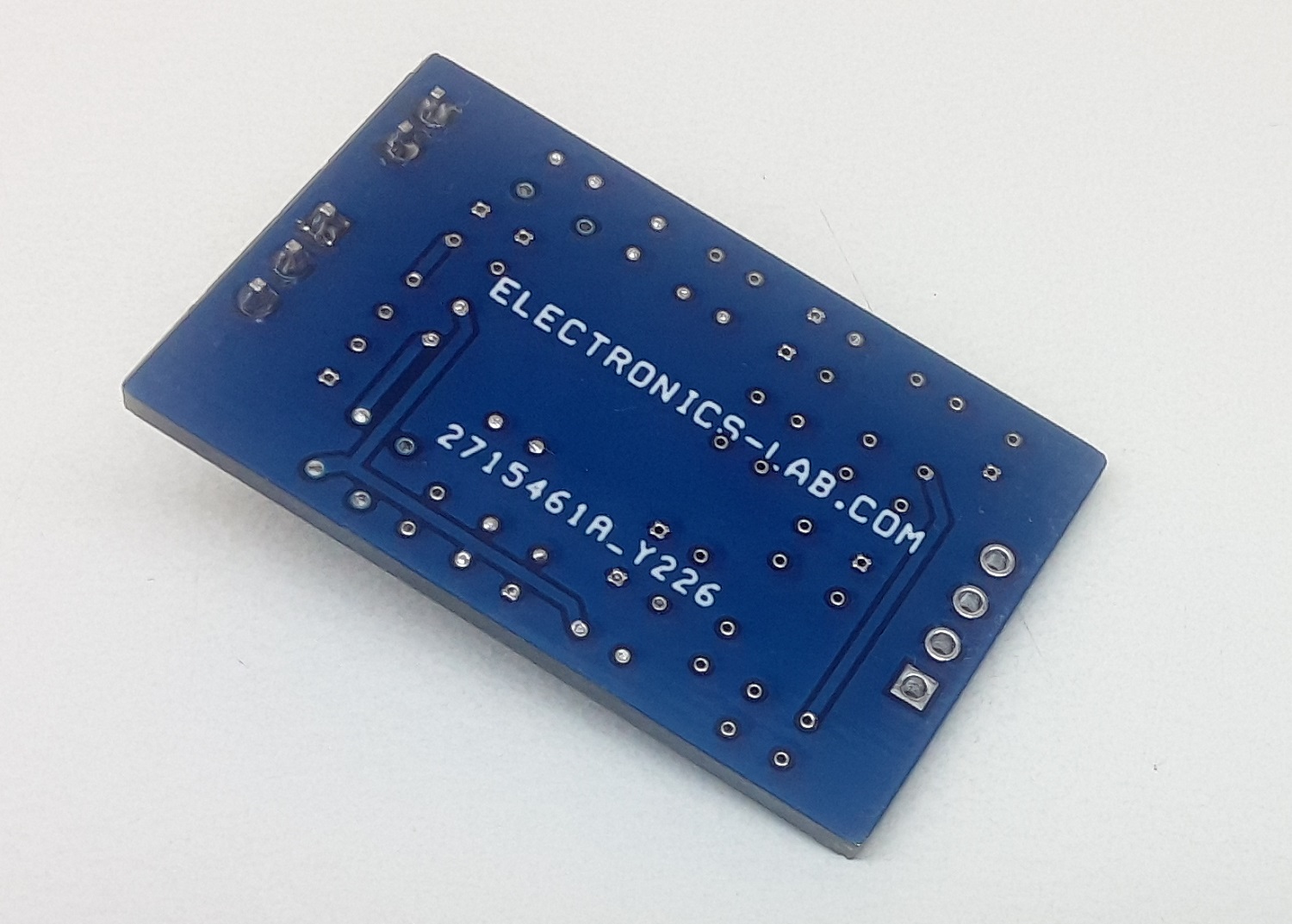


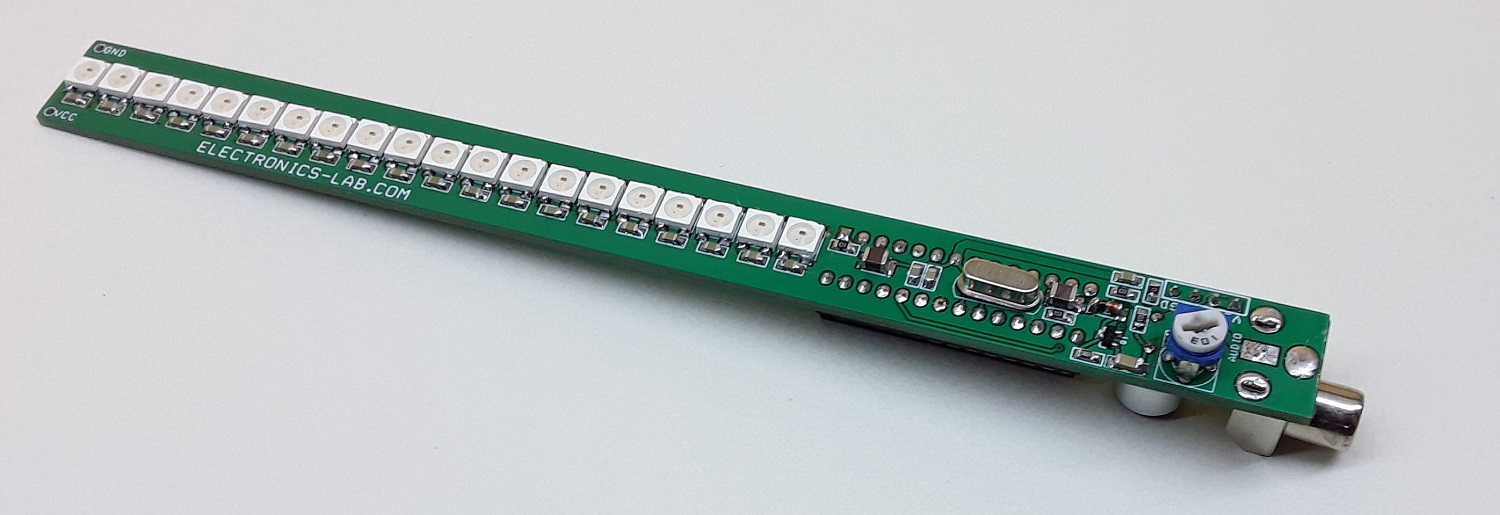
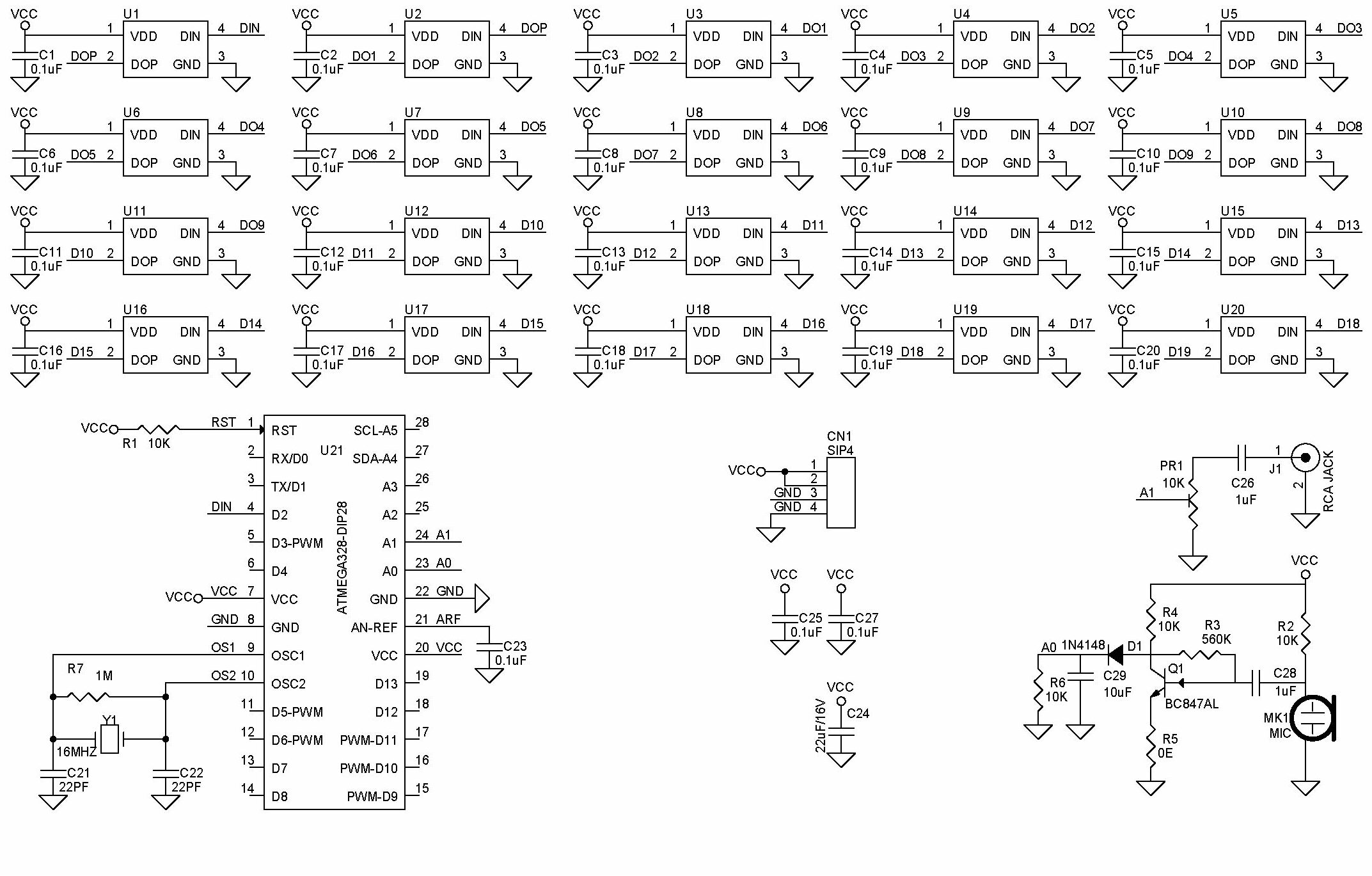

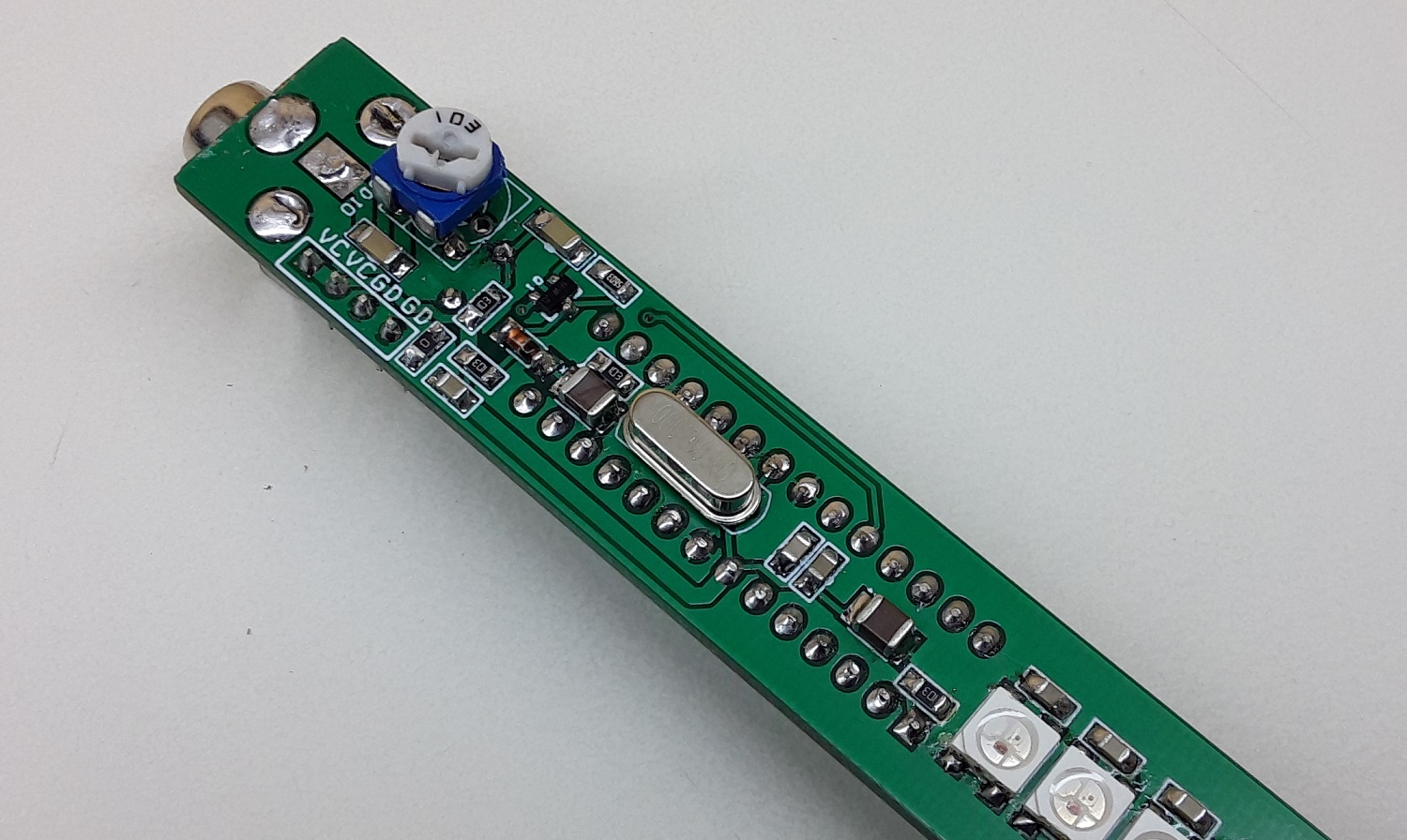




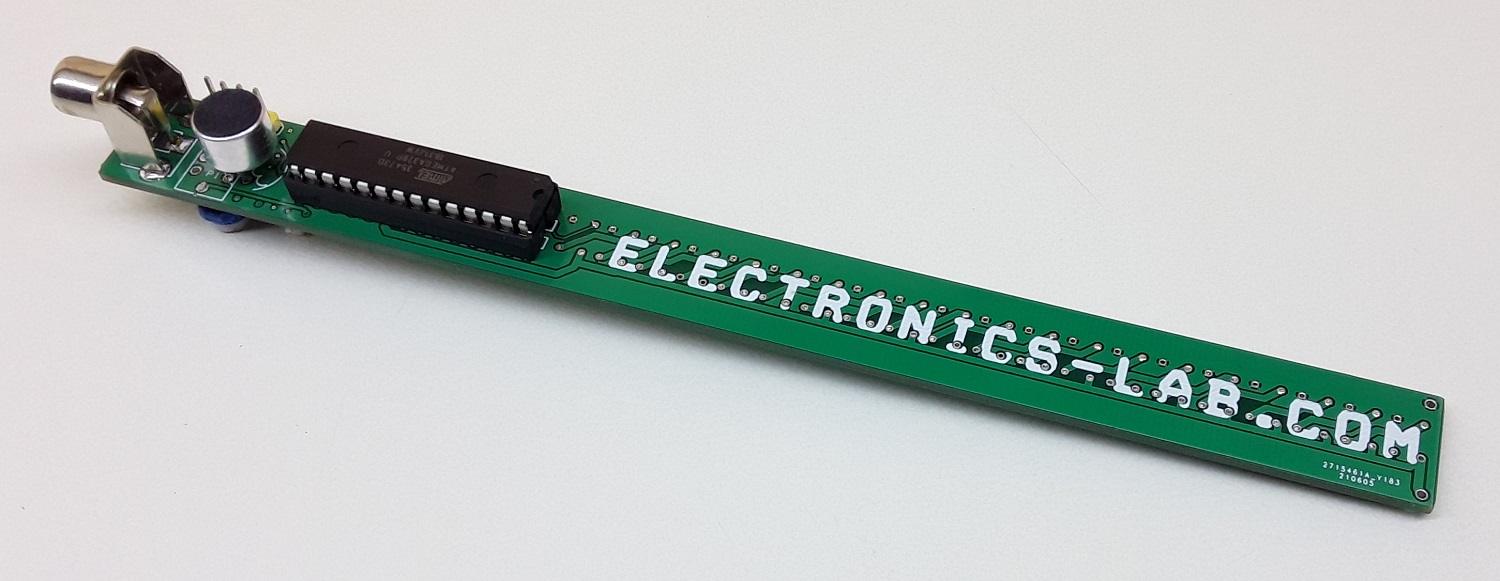
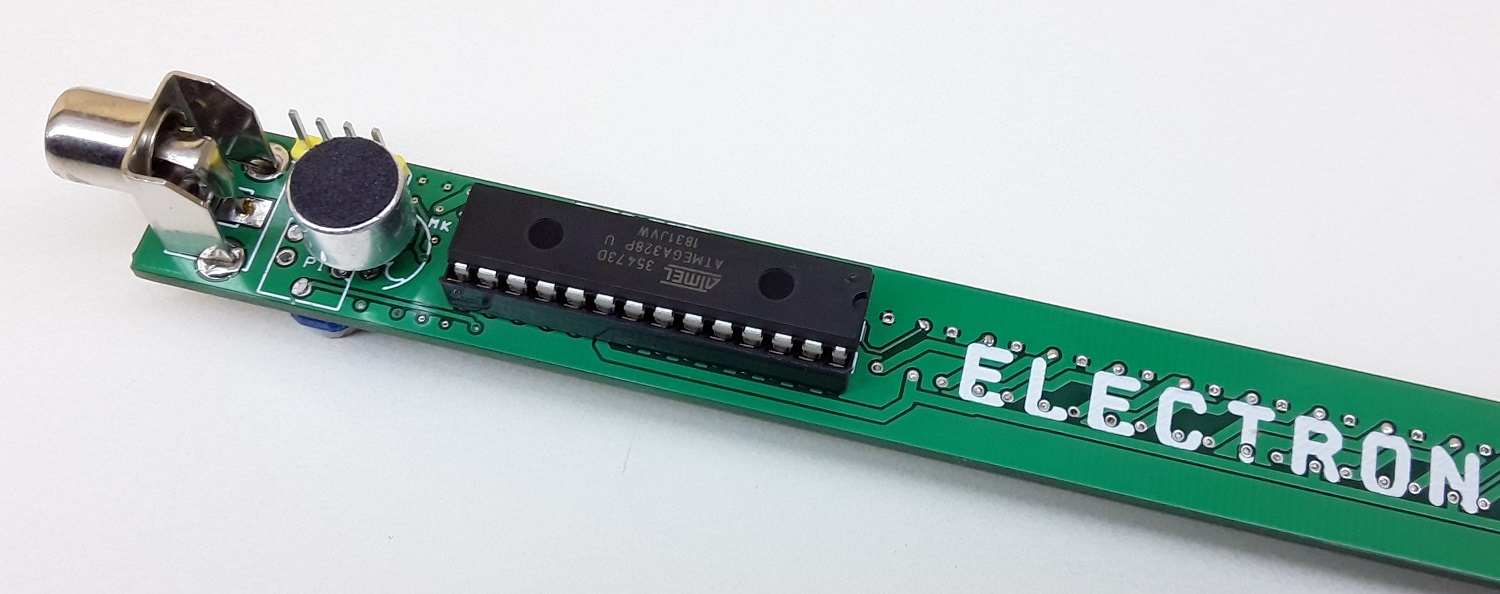
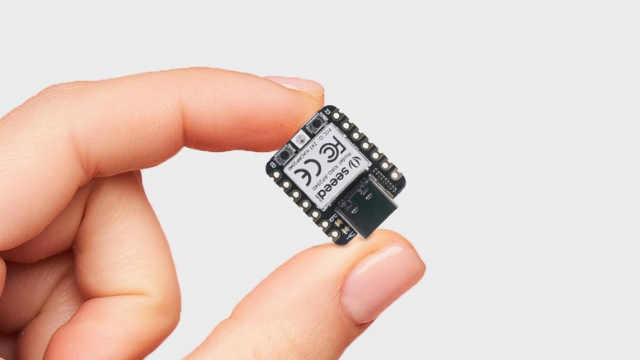
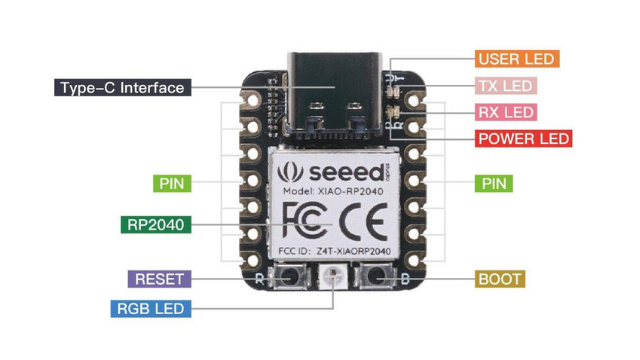
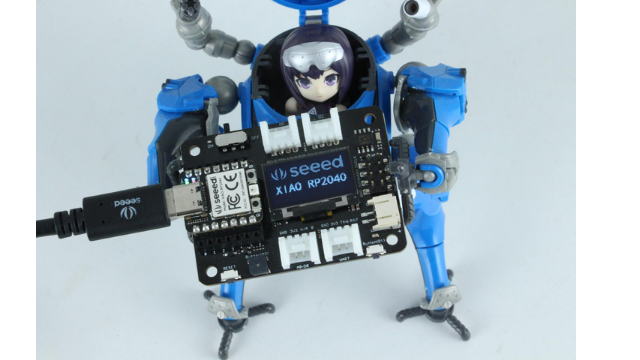


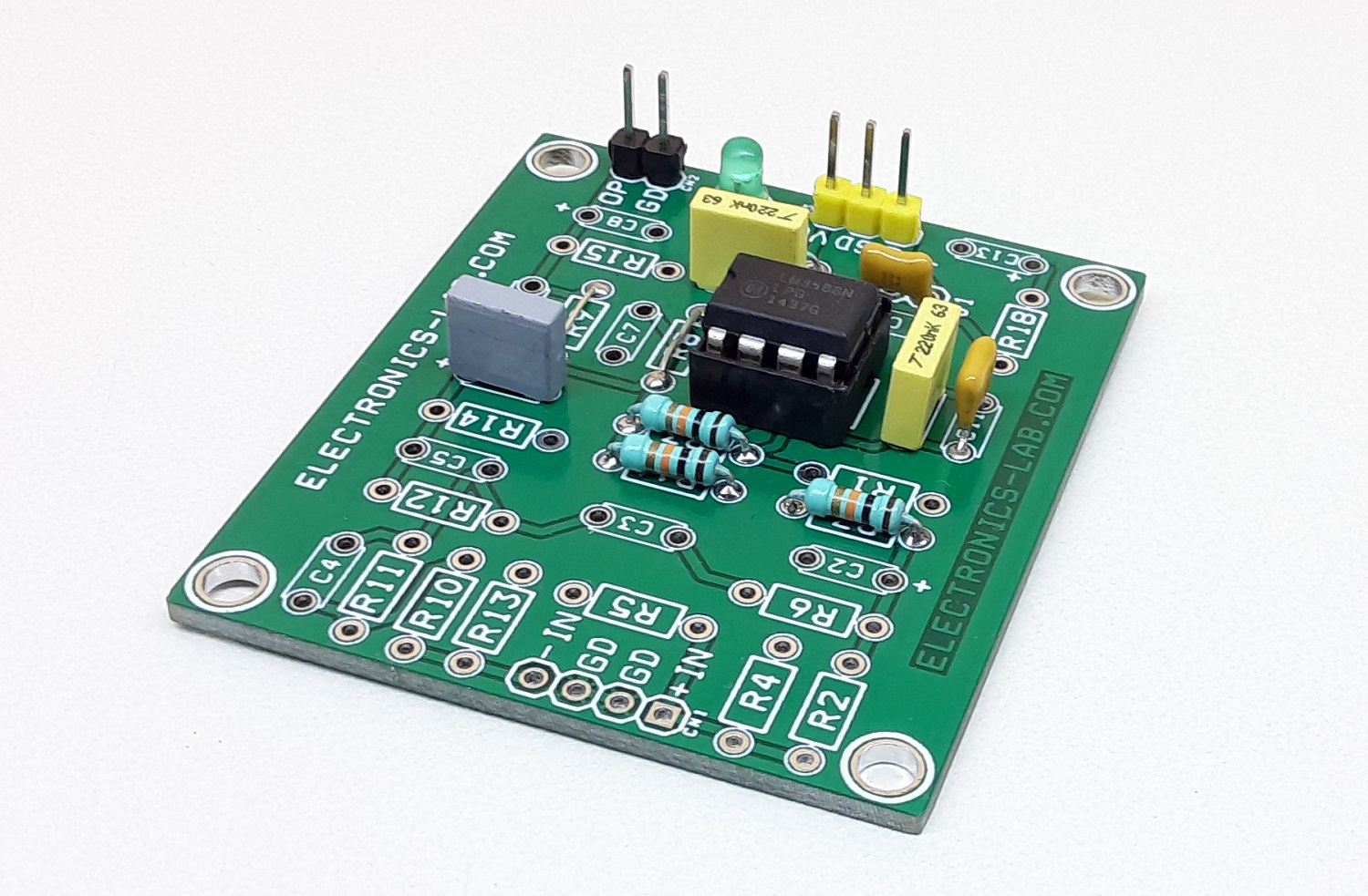
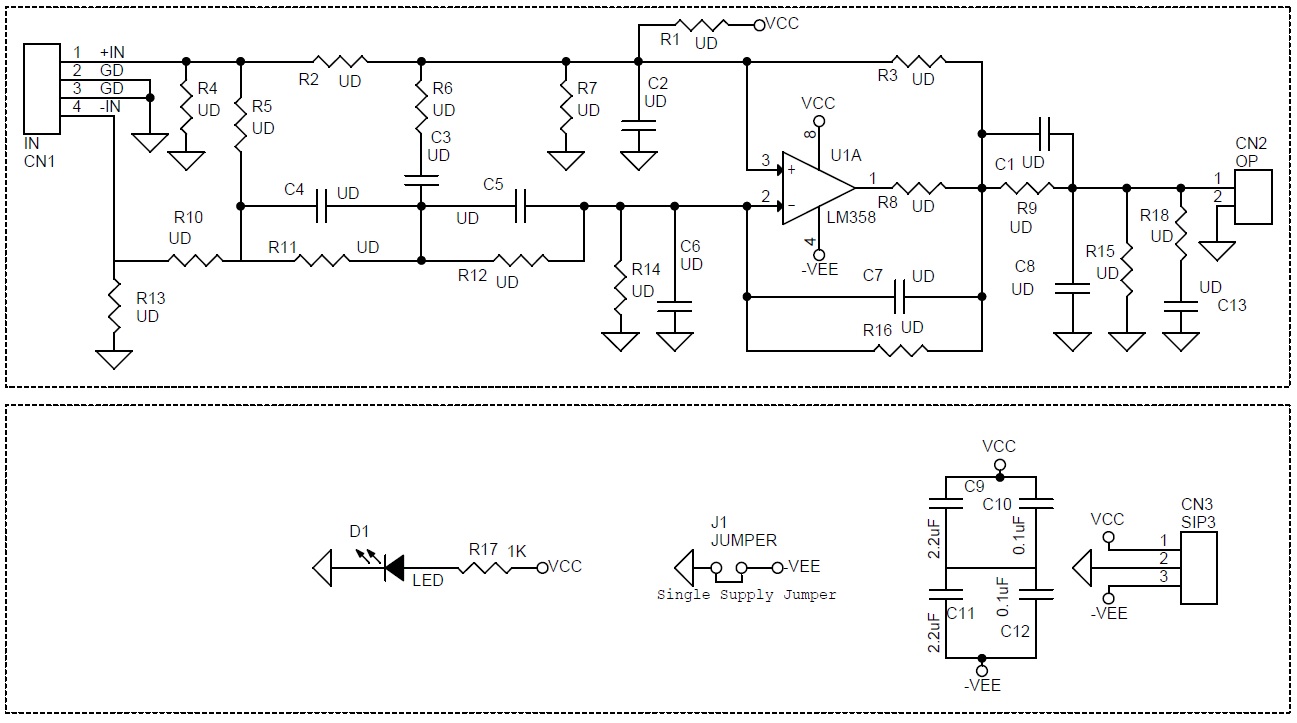
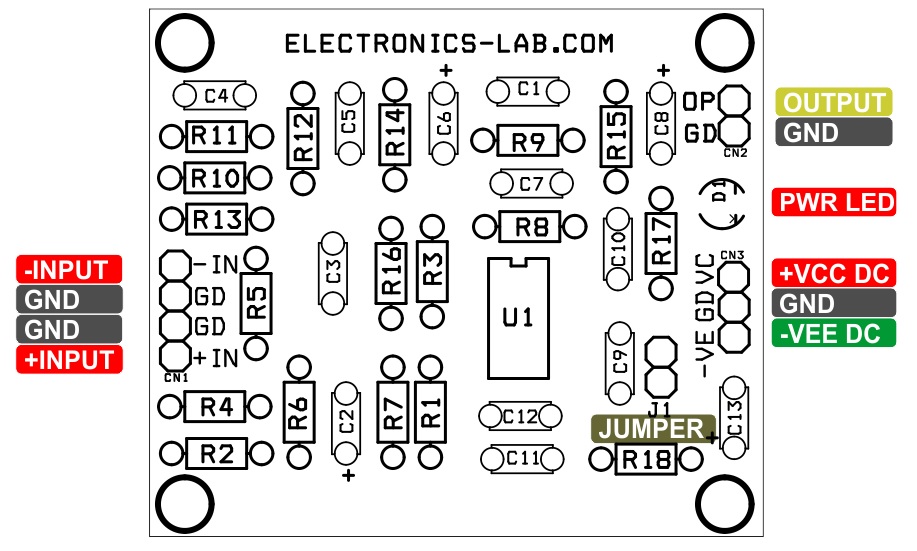
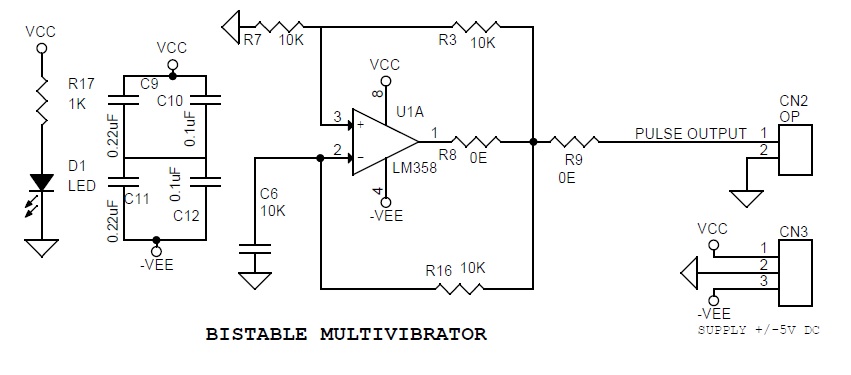
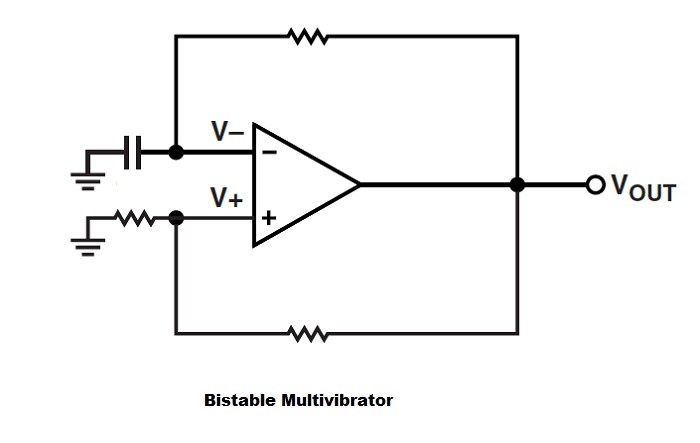
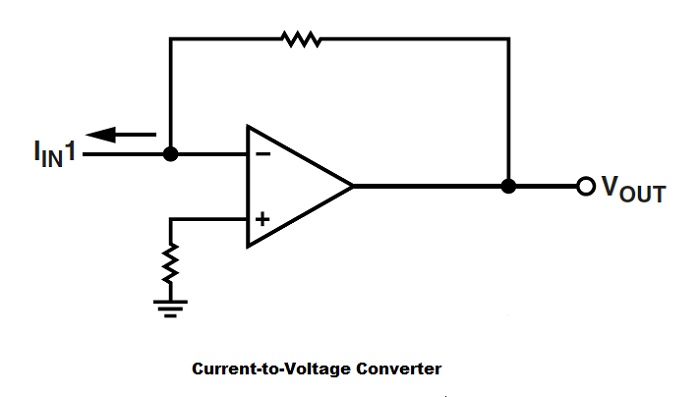
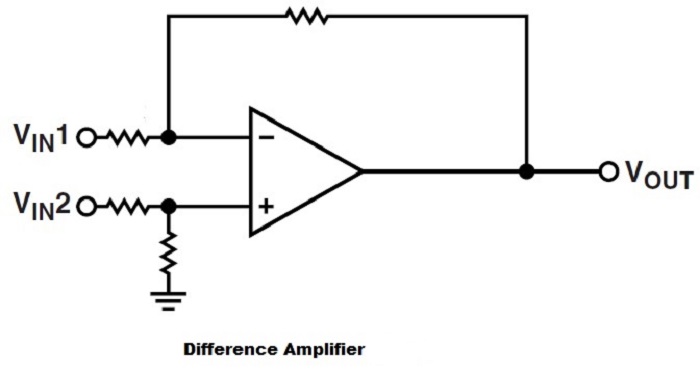
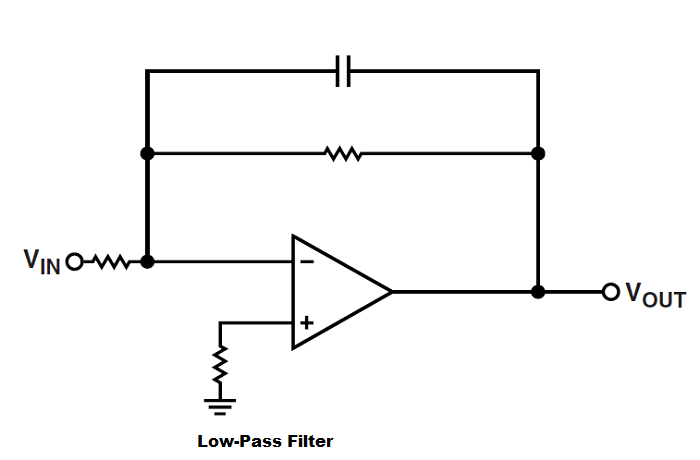
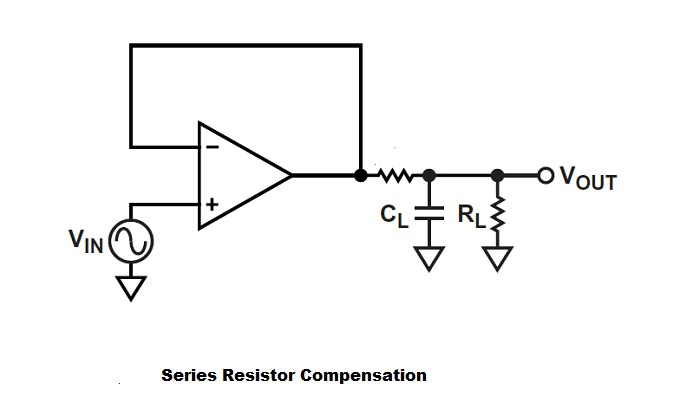
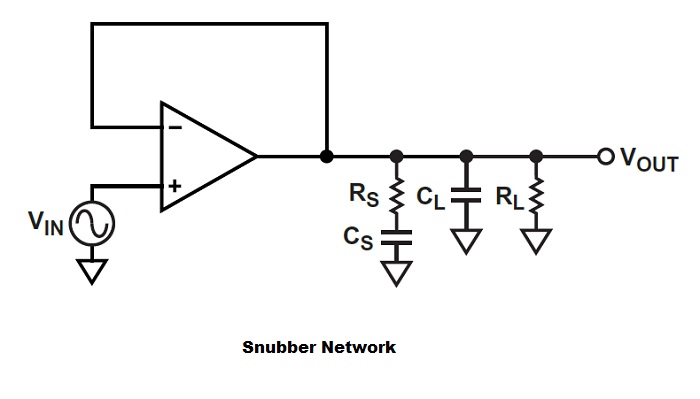
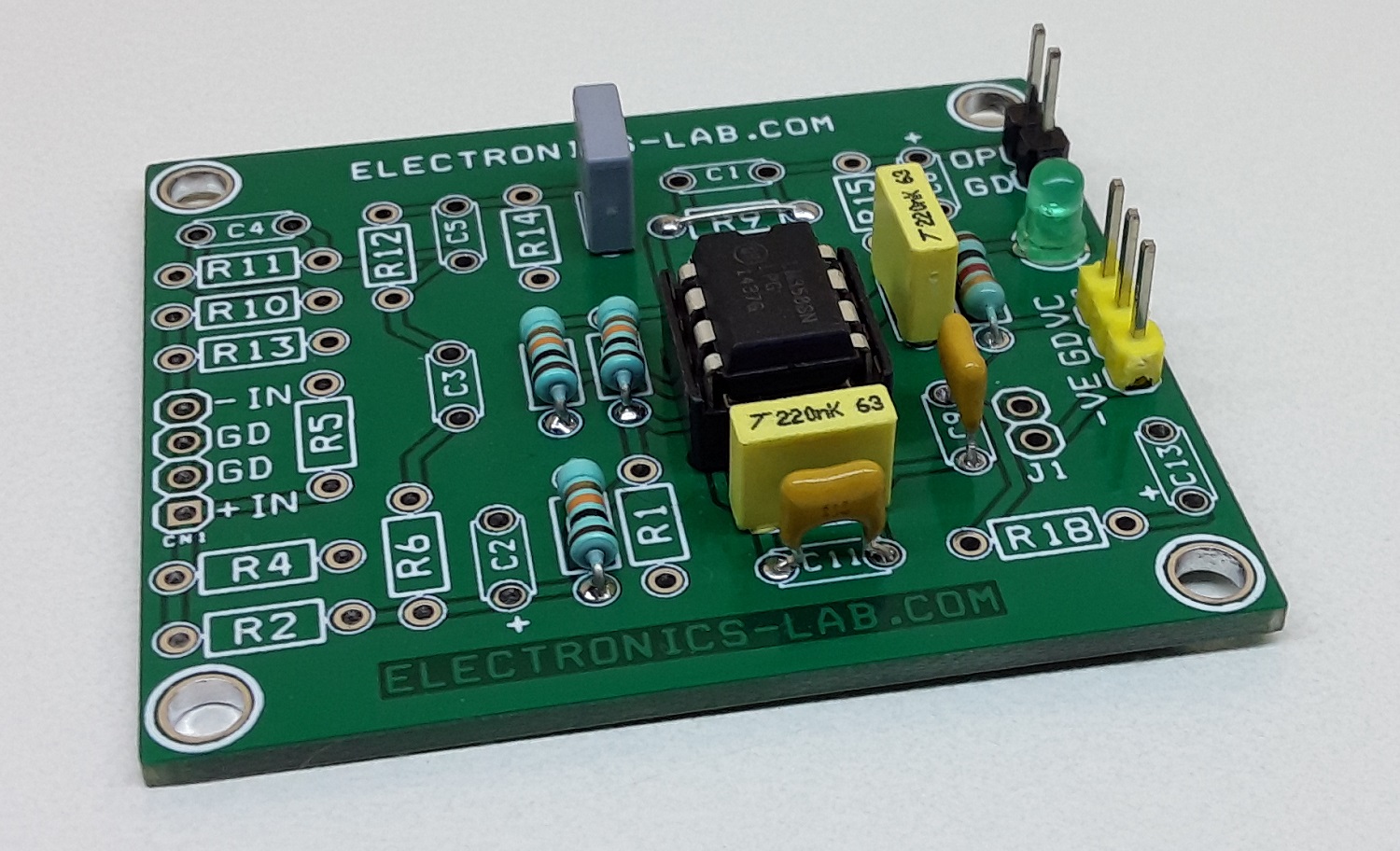
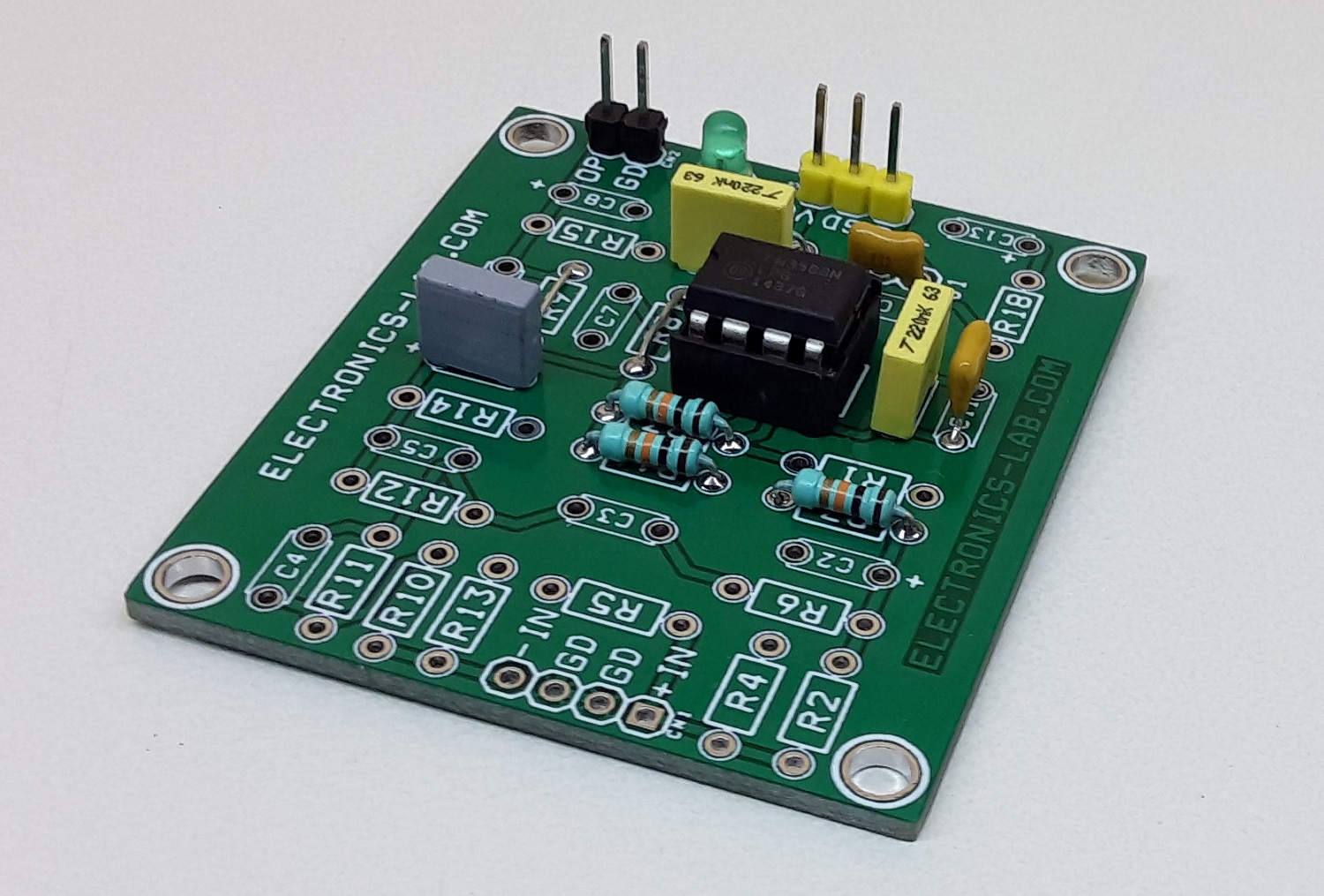
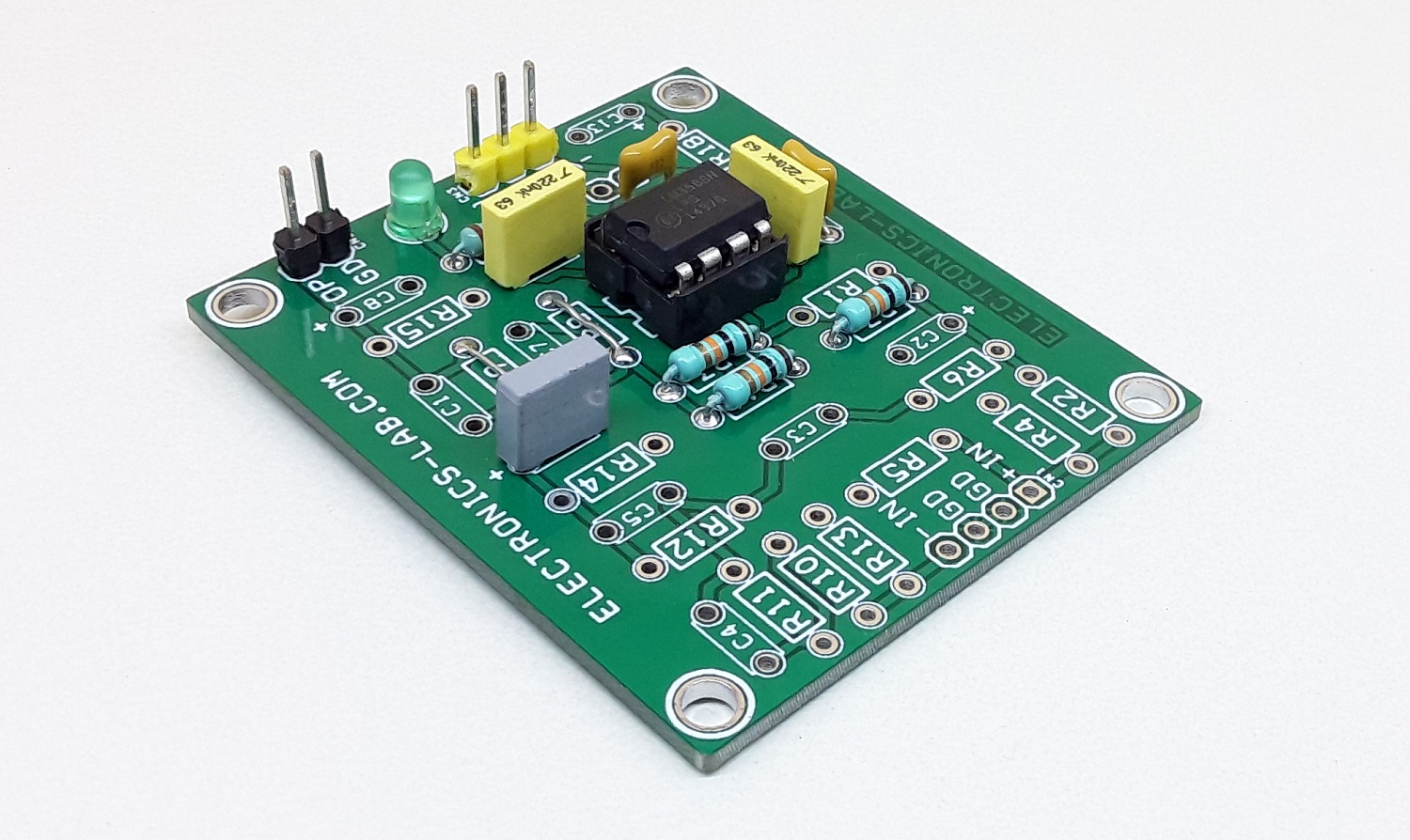
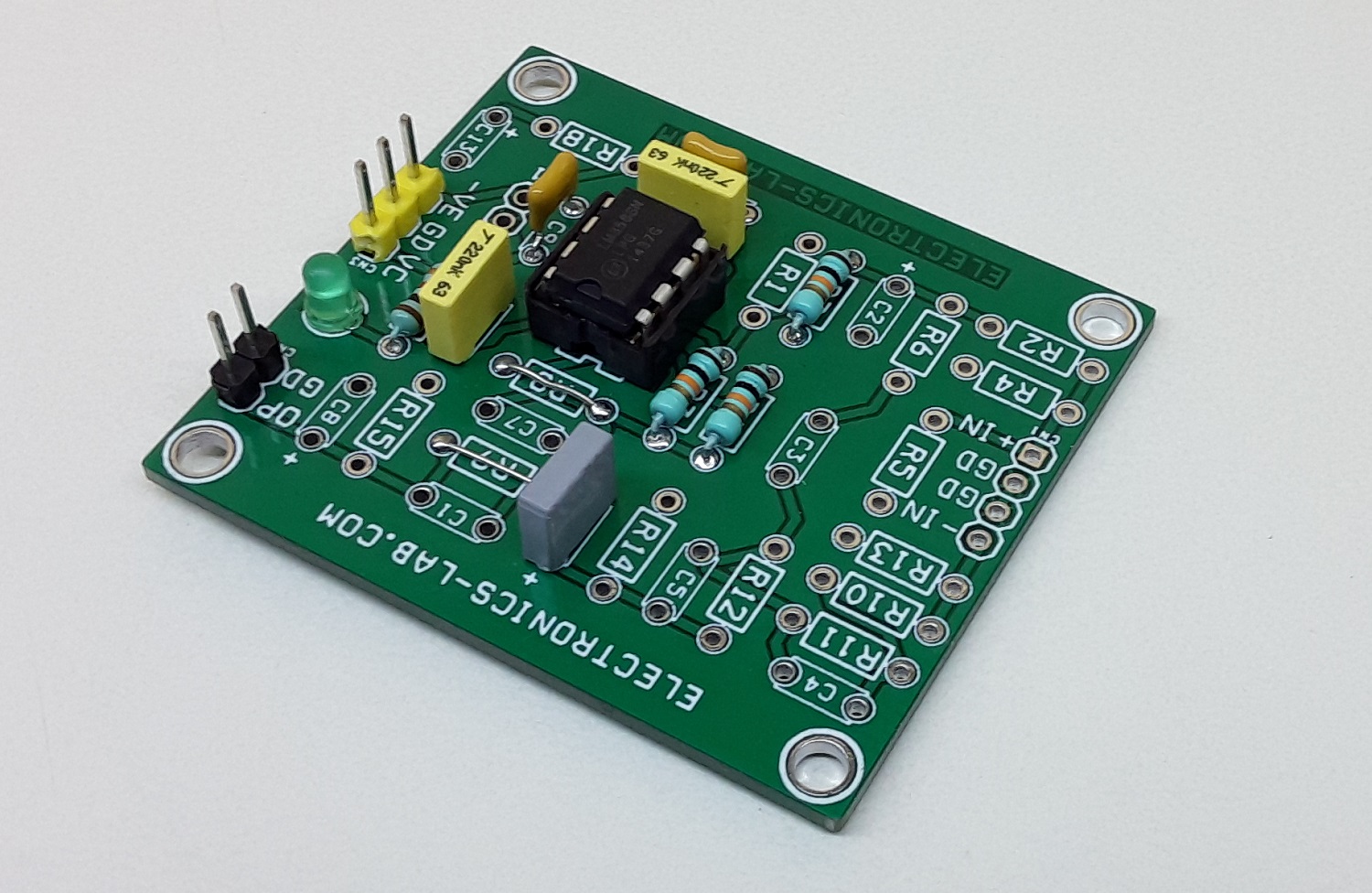
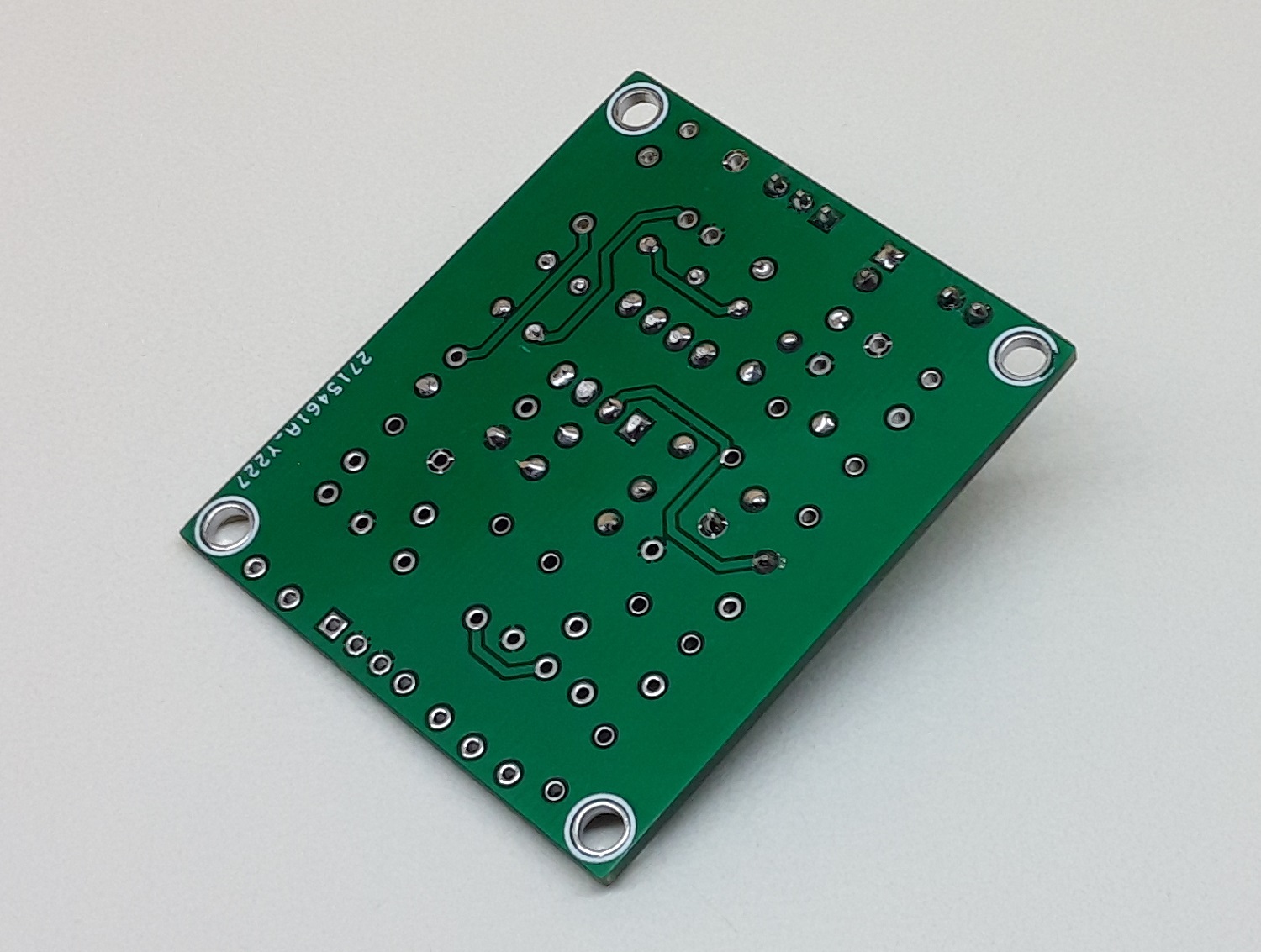
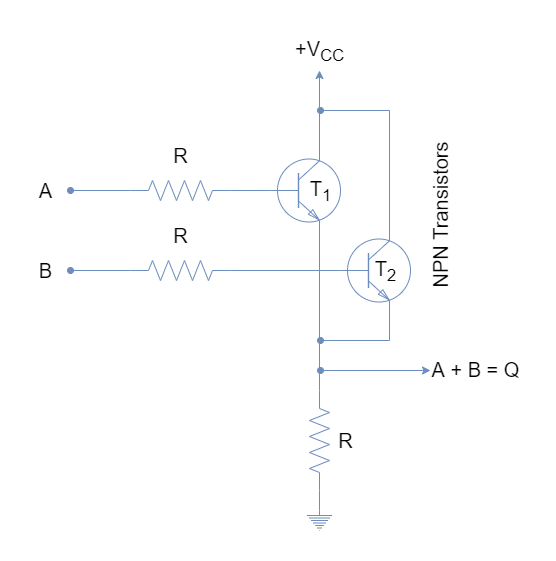

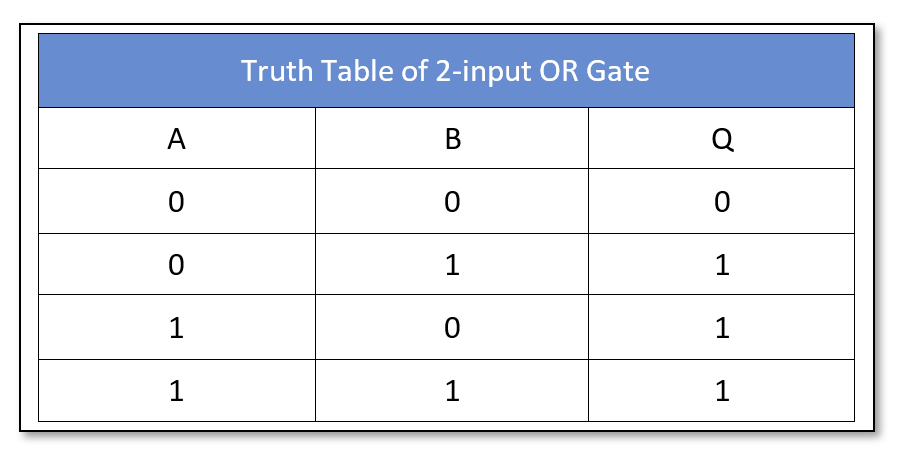 Similarly, the truth table of a three-input OR logic gate is as follow:
Similarly, the truth table of a three-input OR logic gate is as follow: